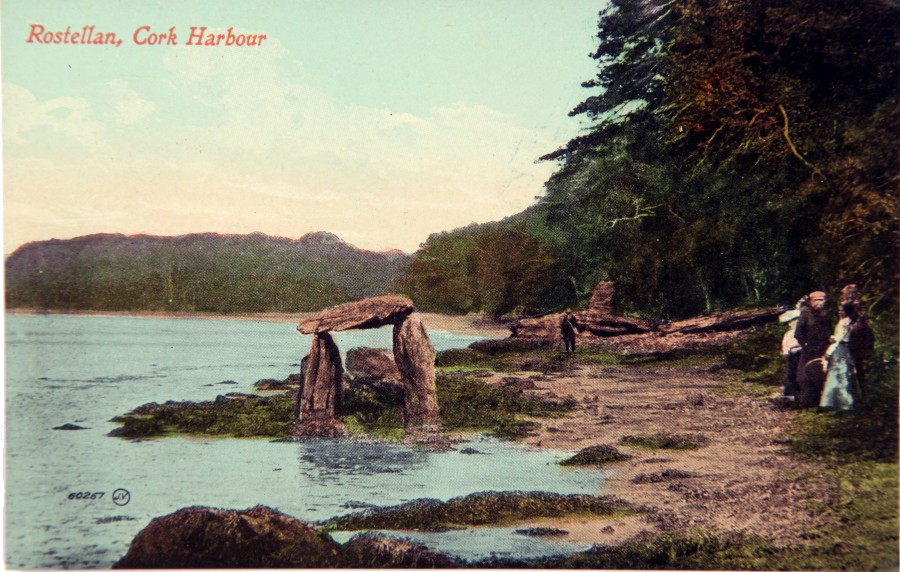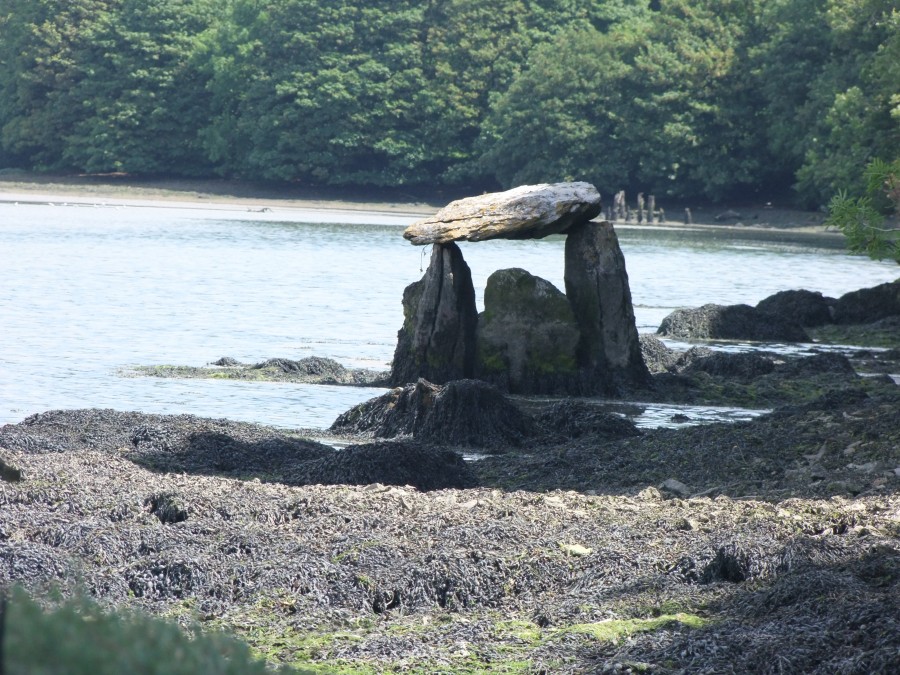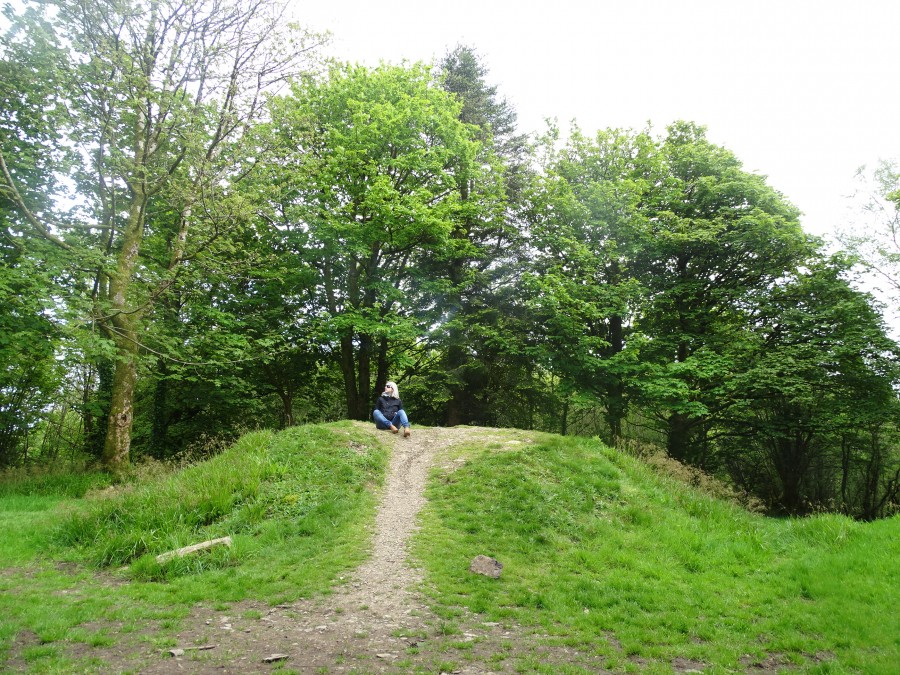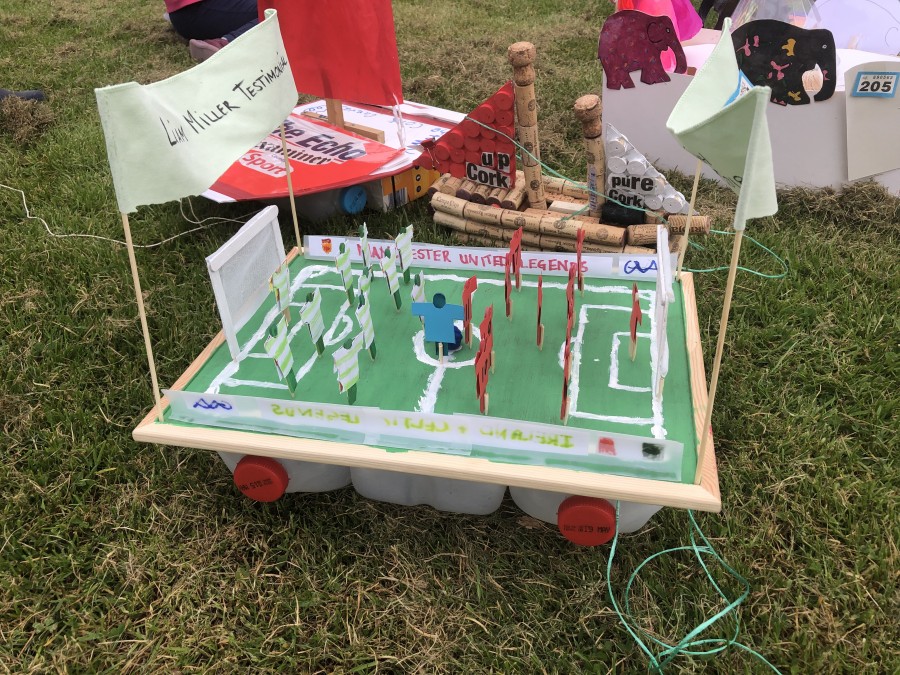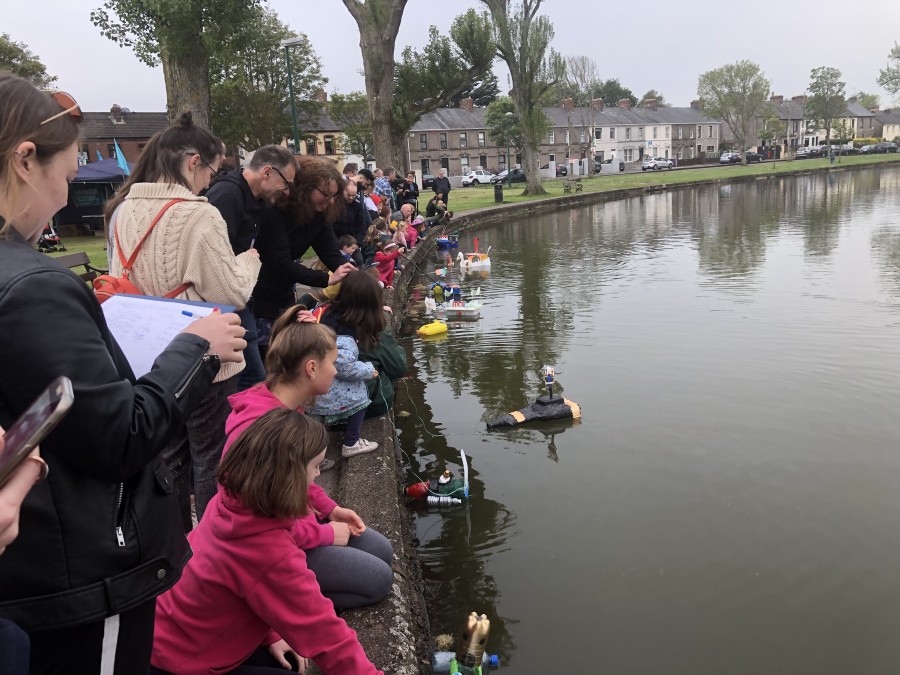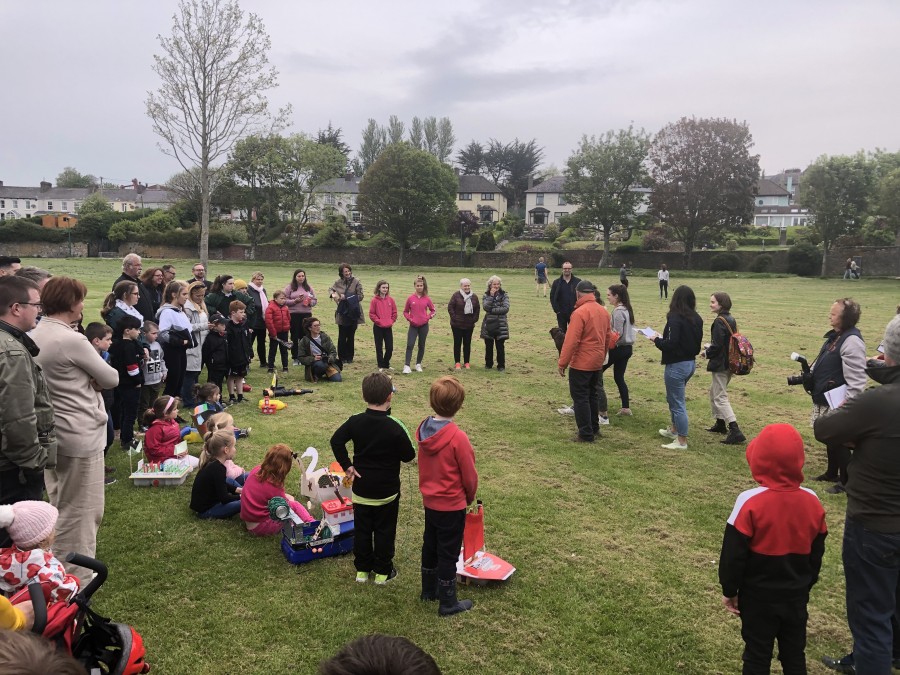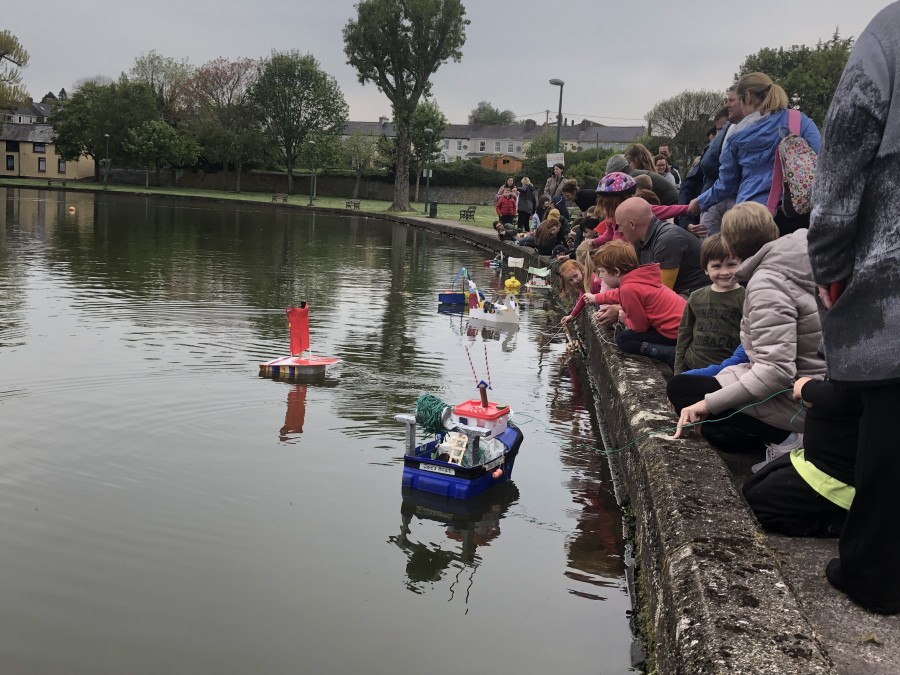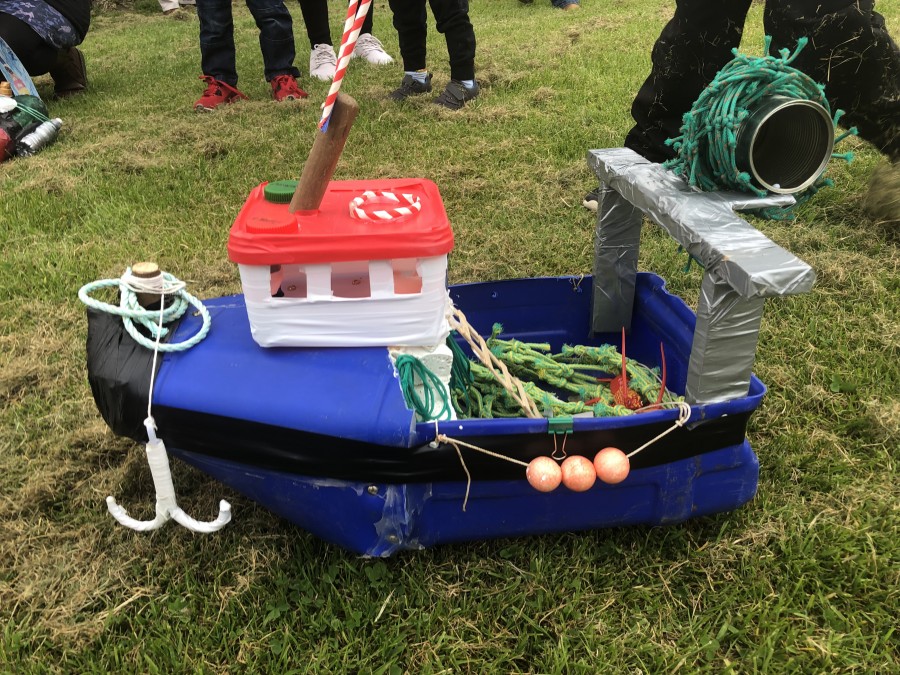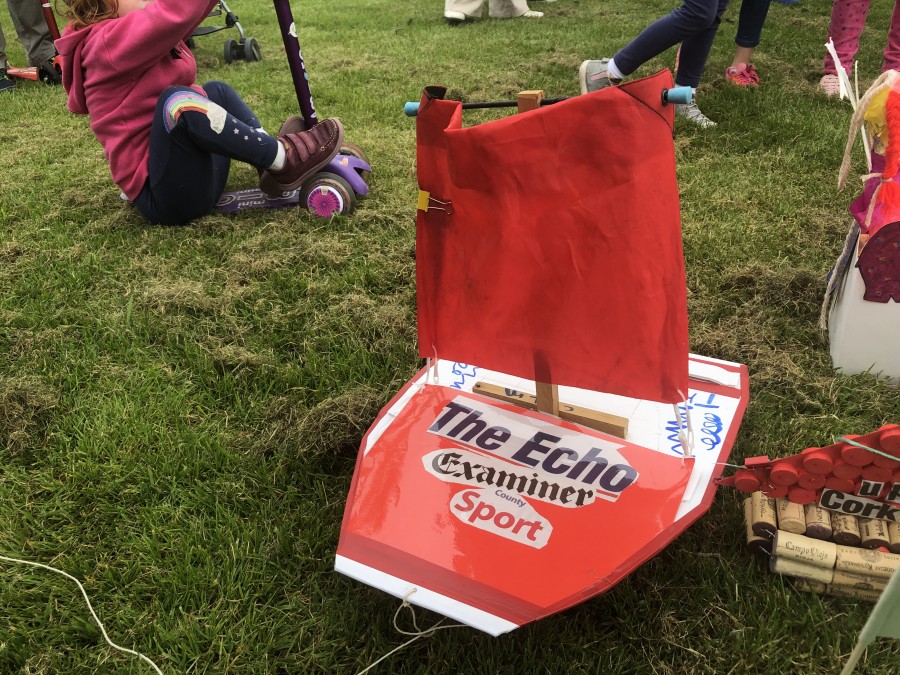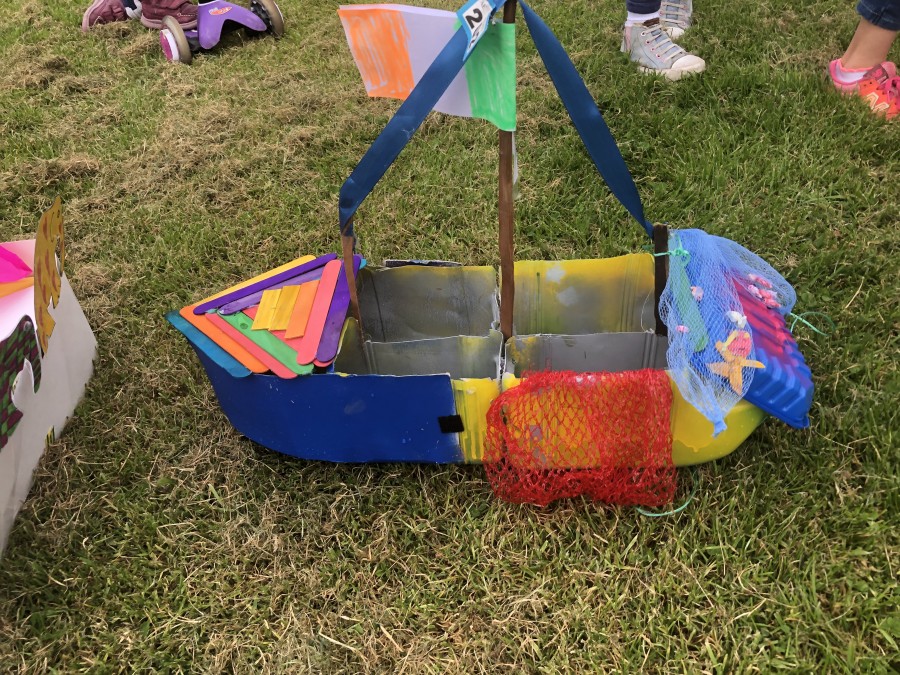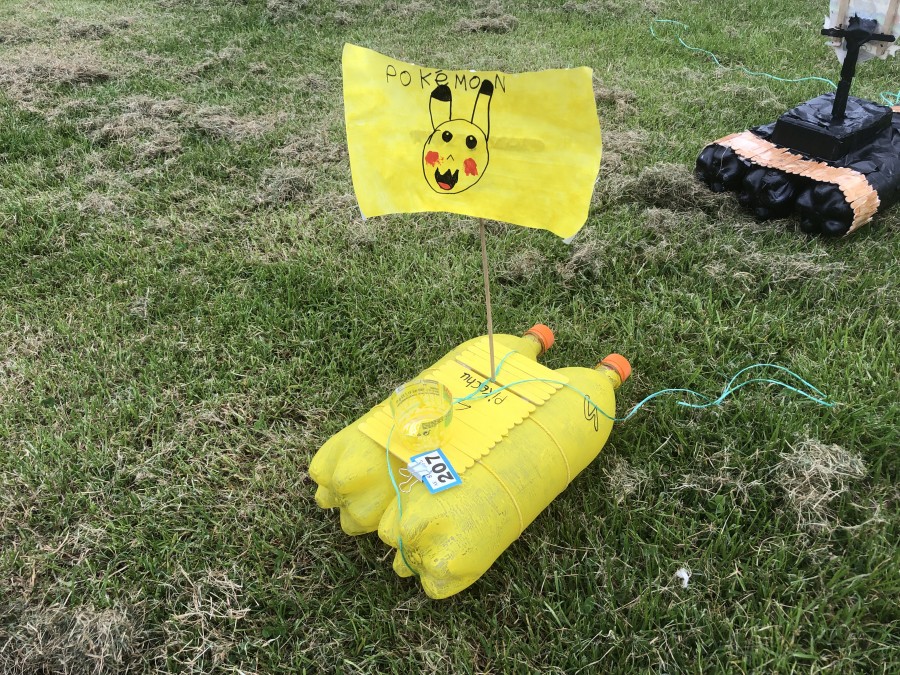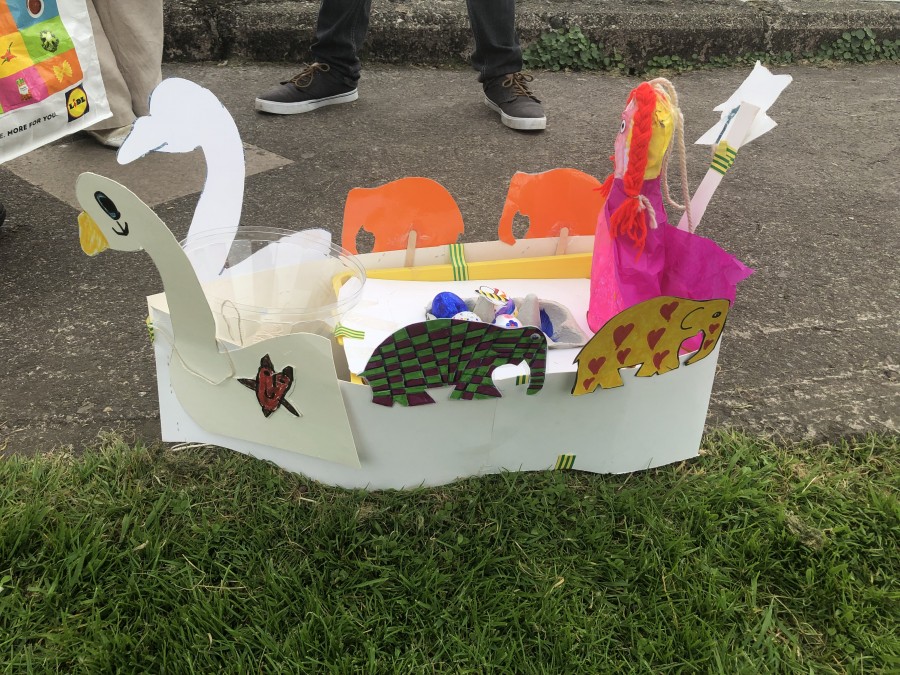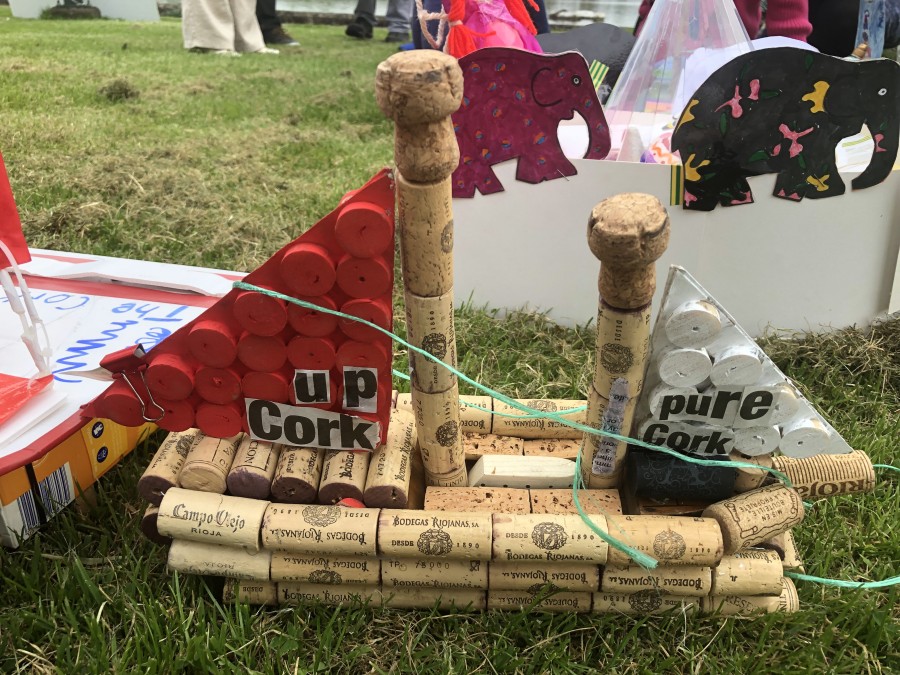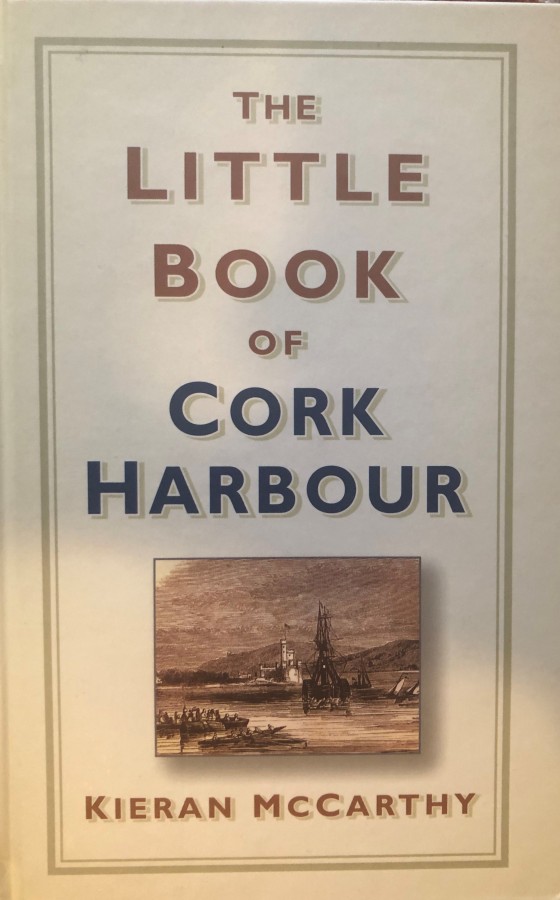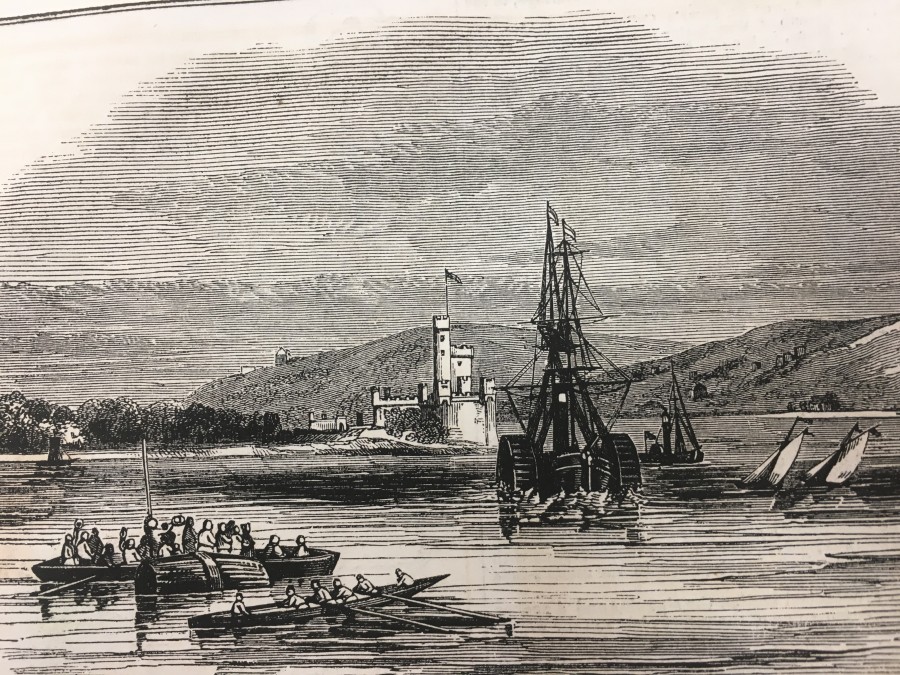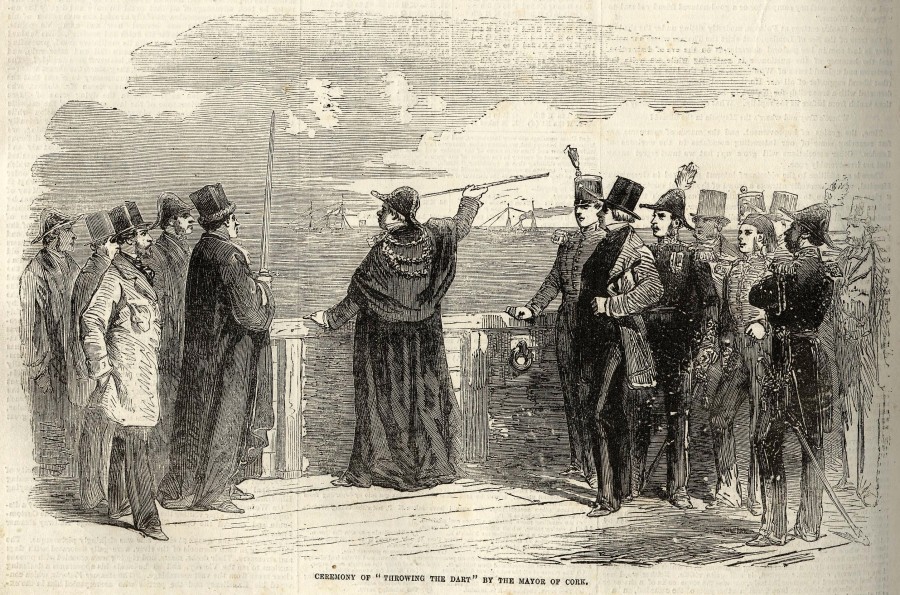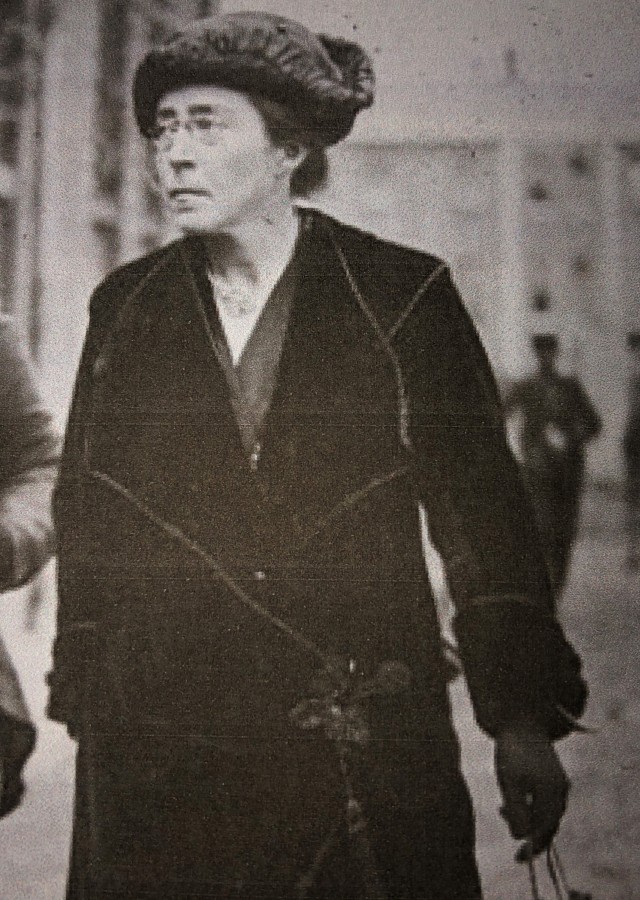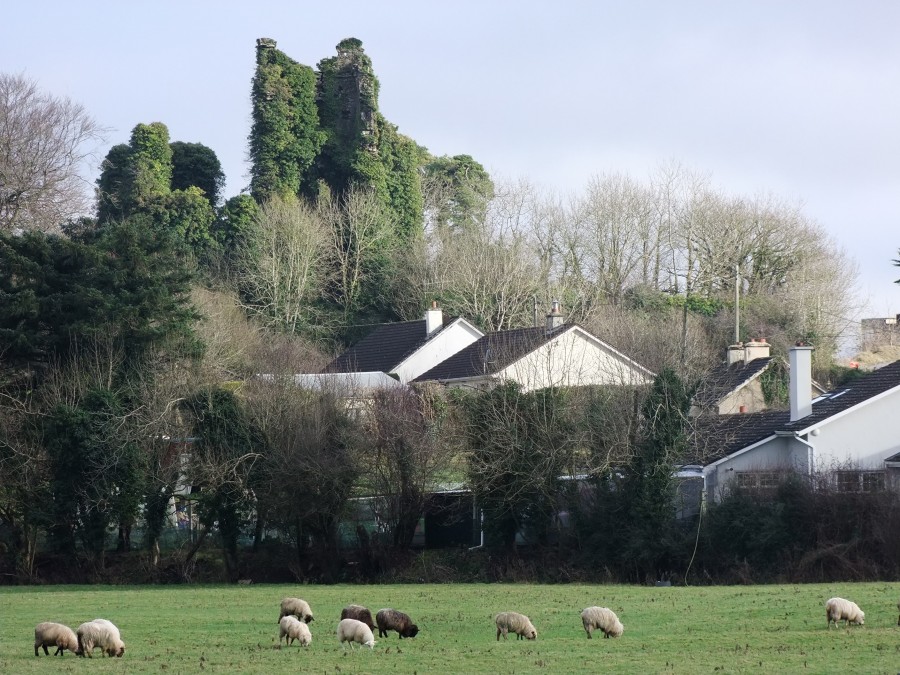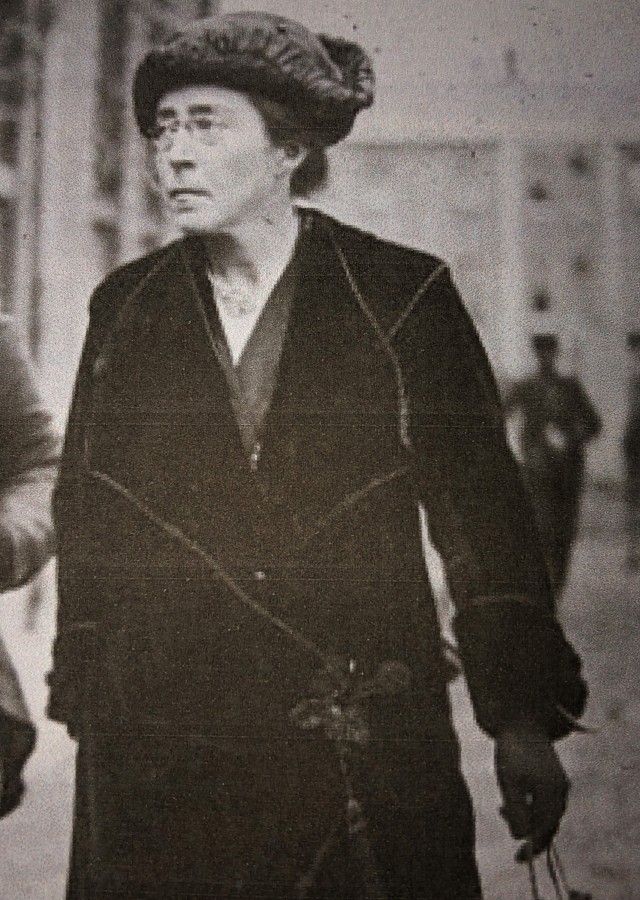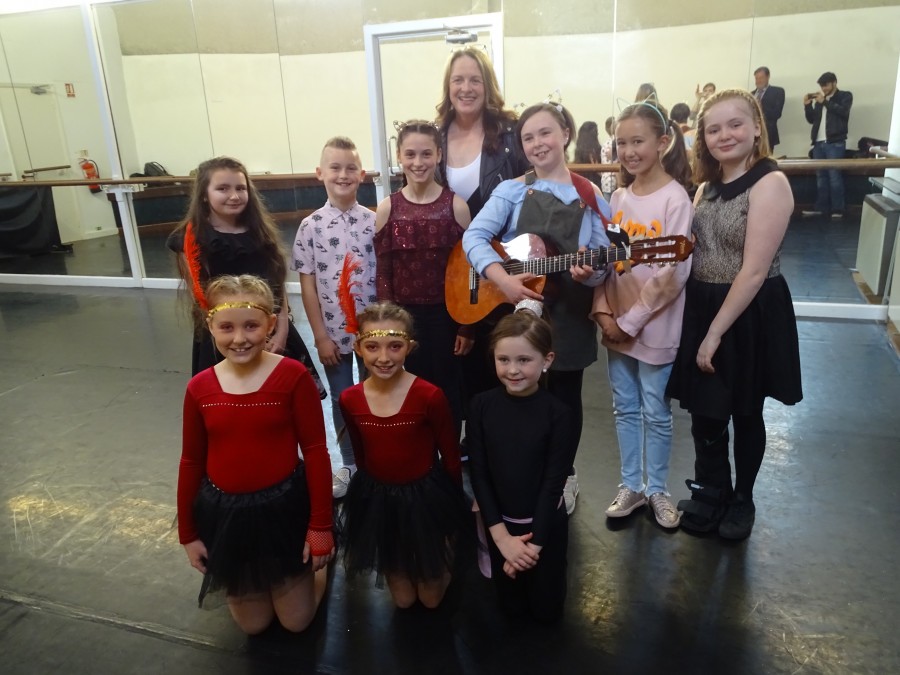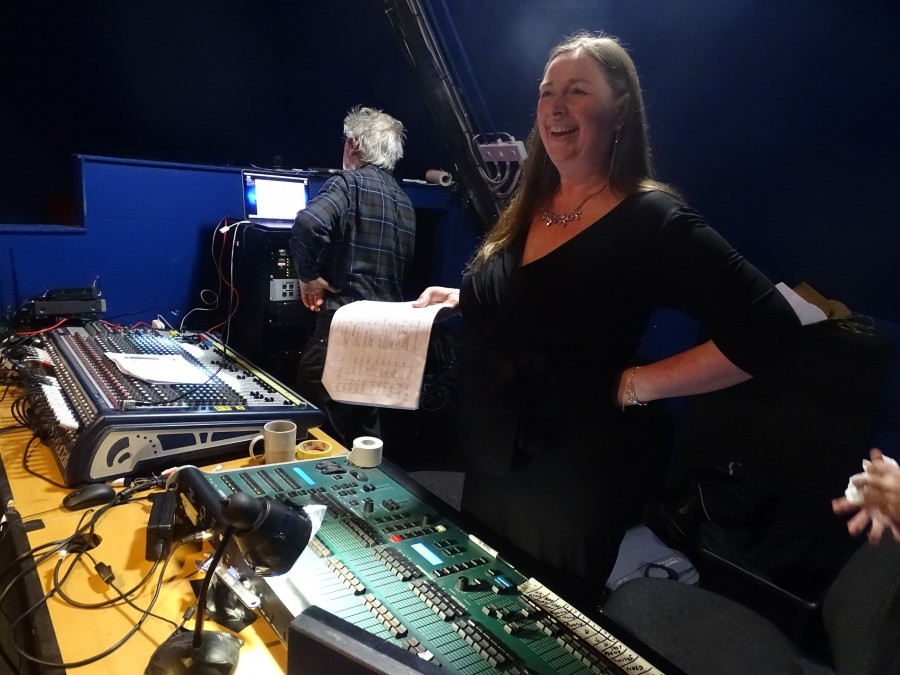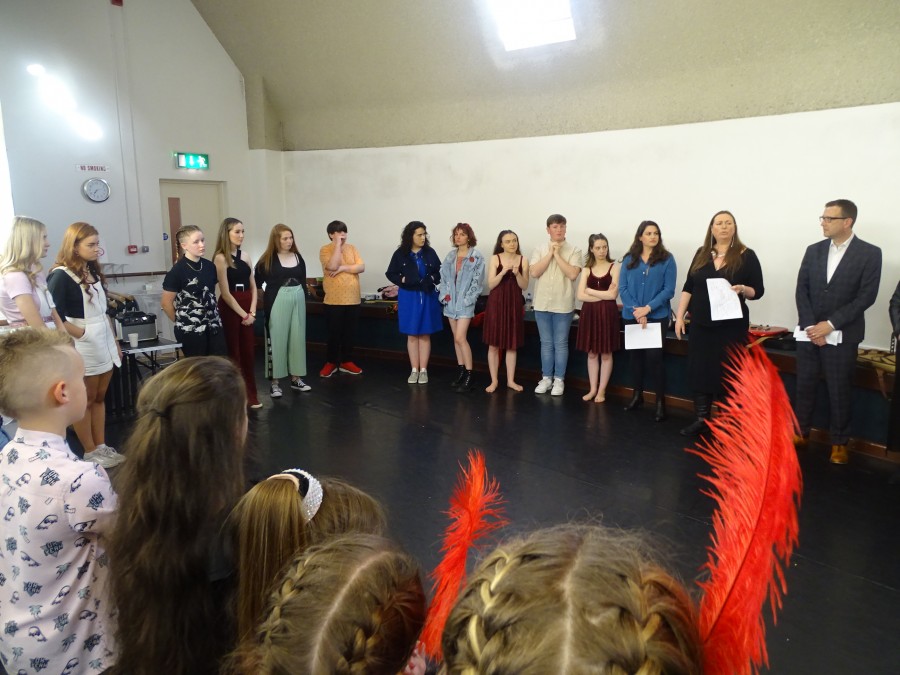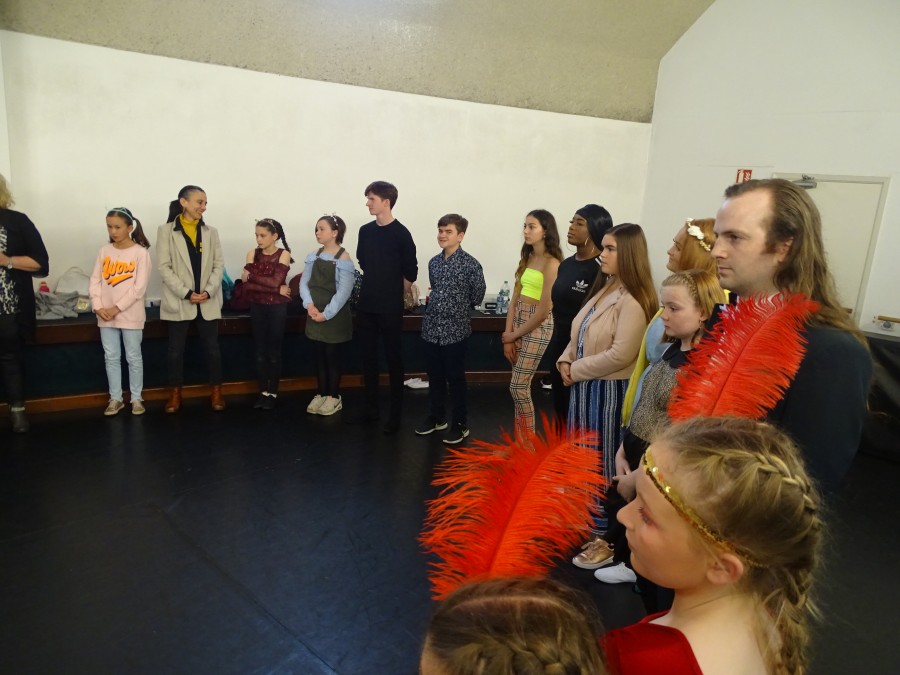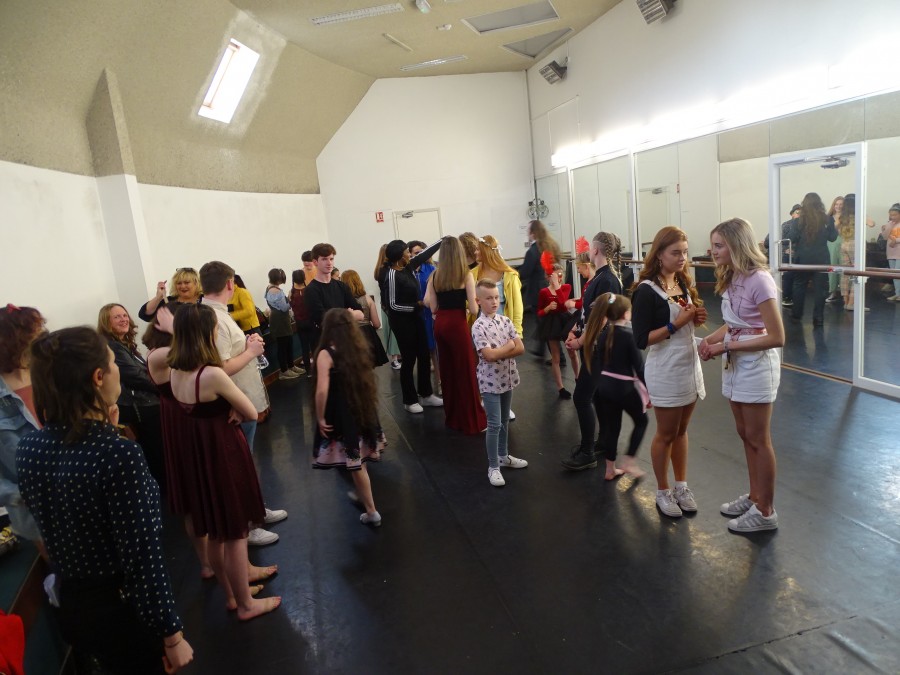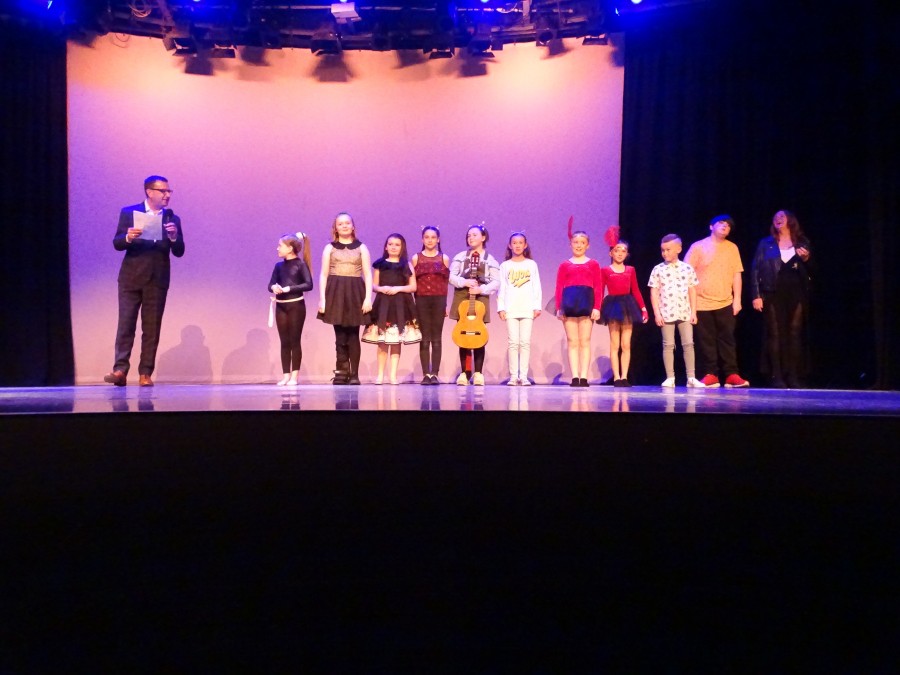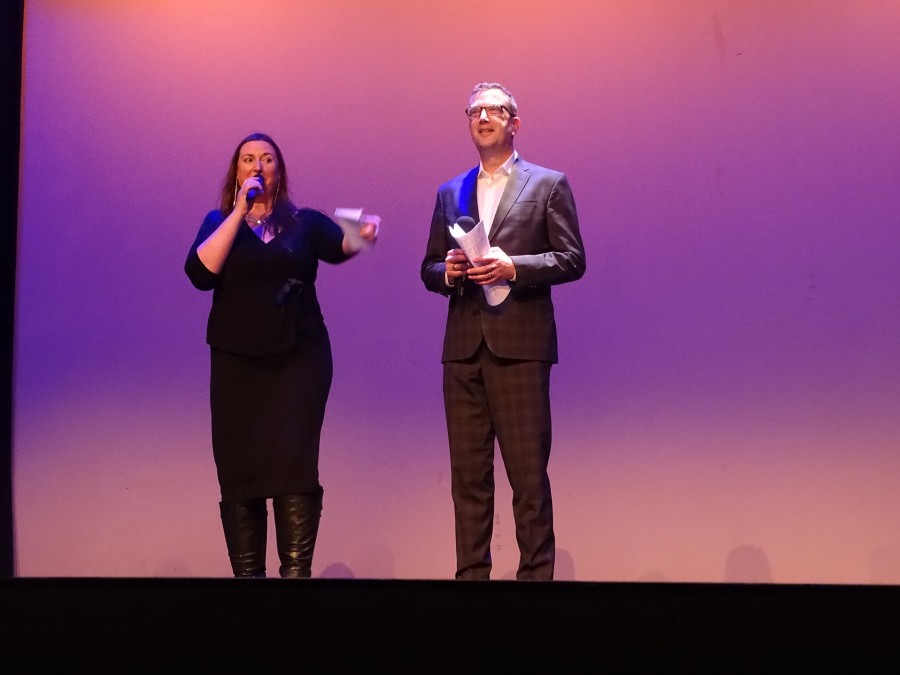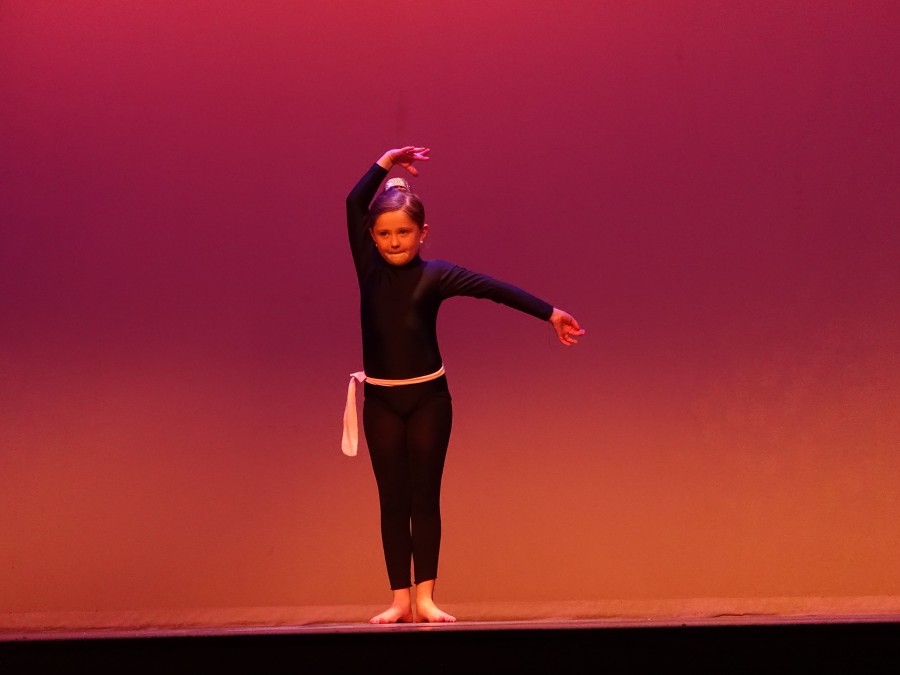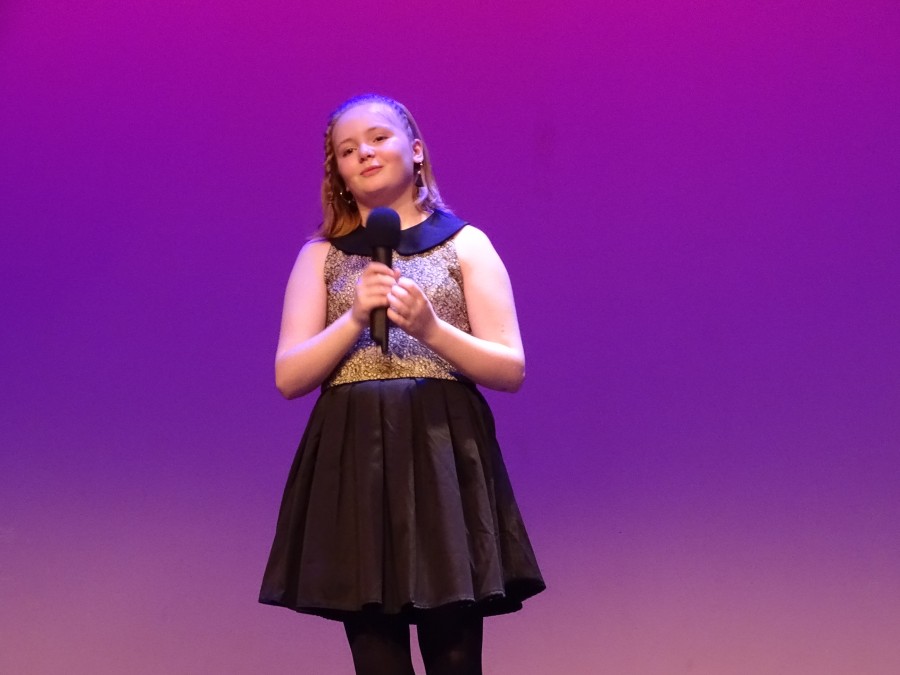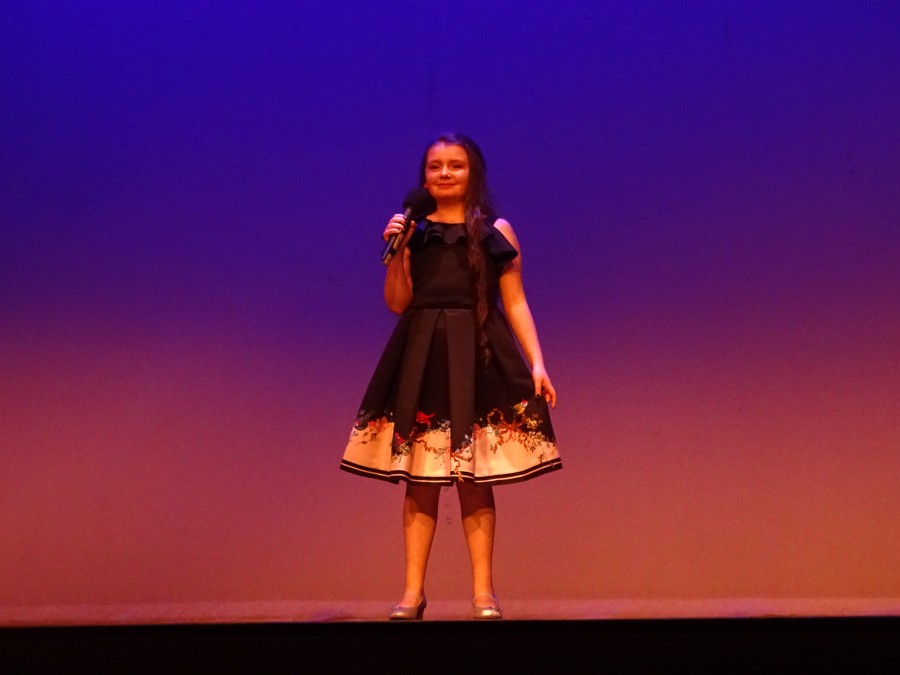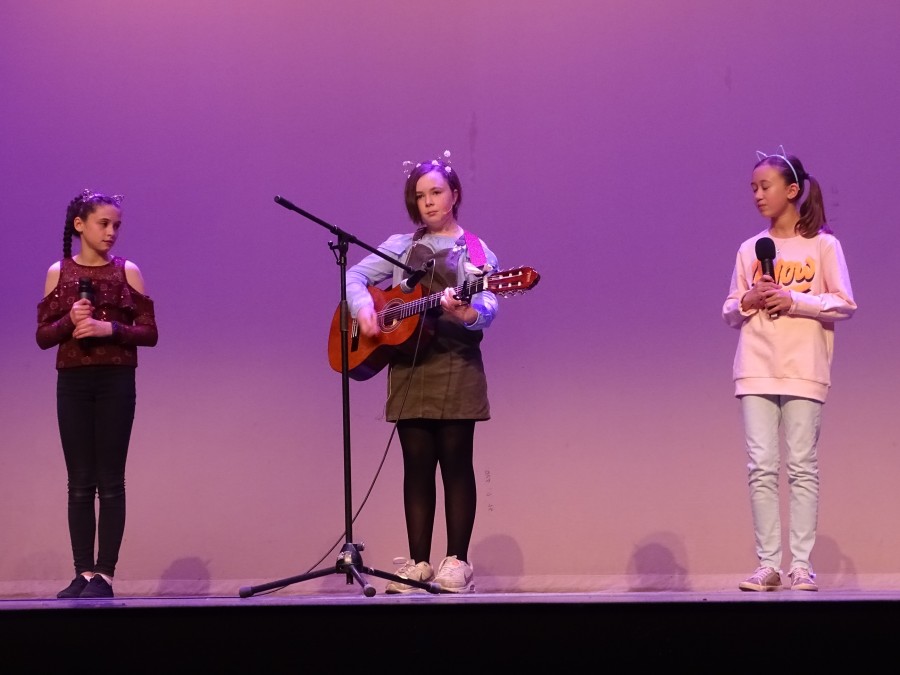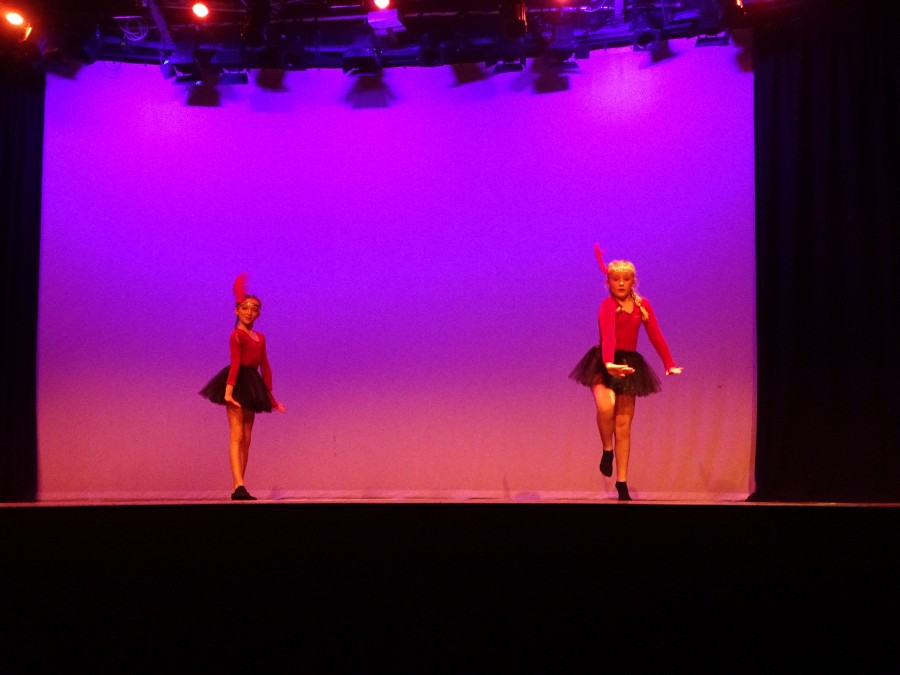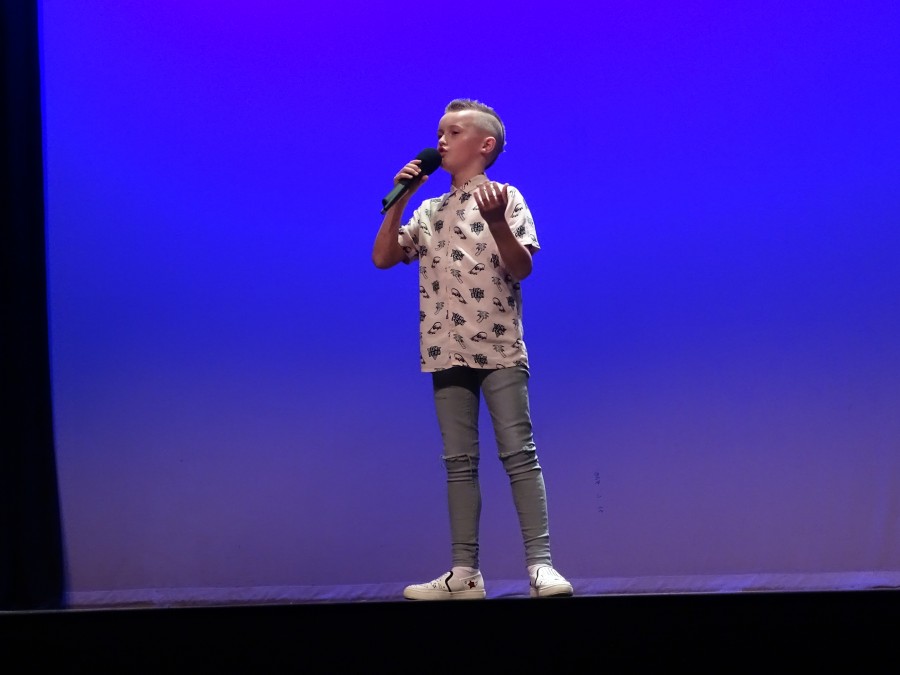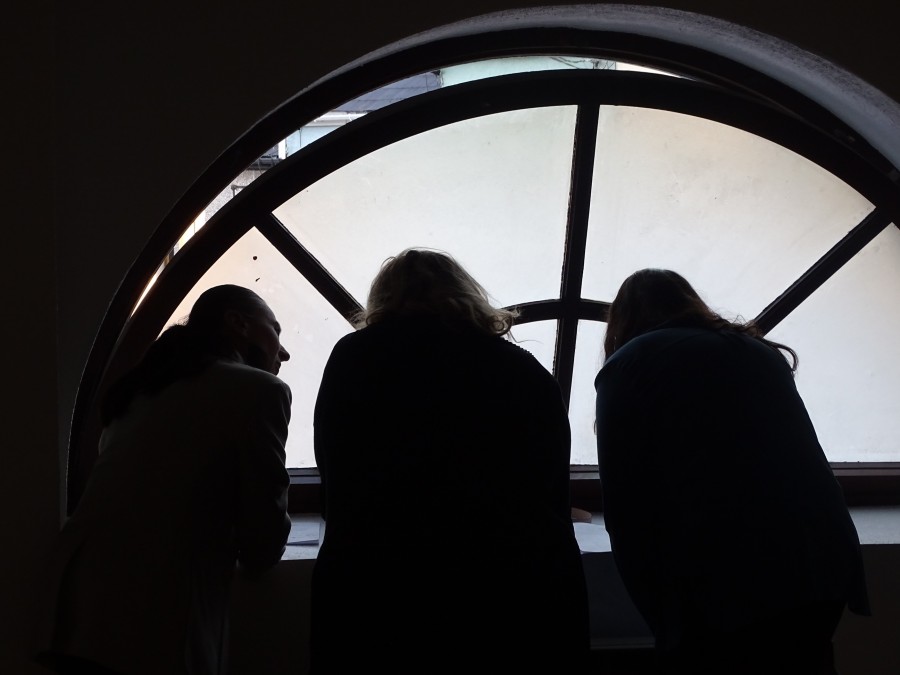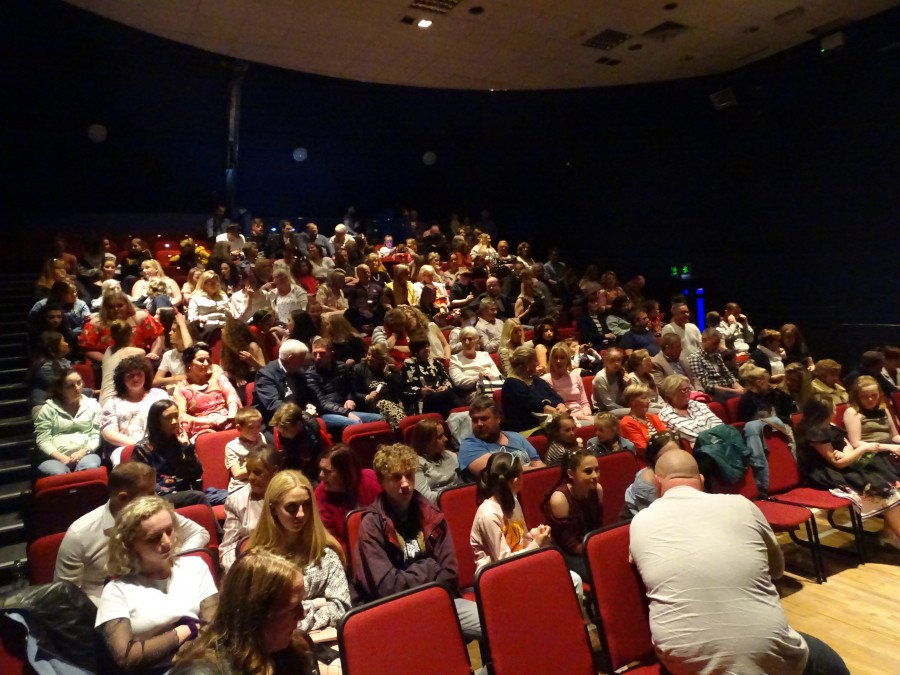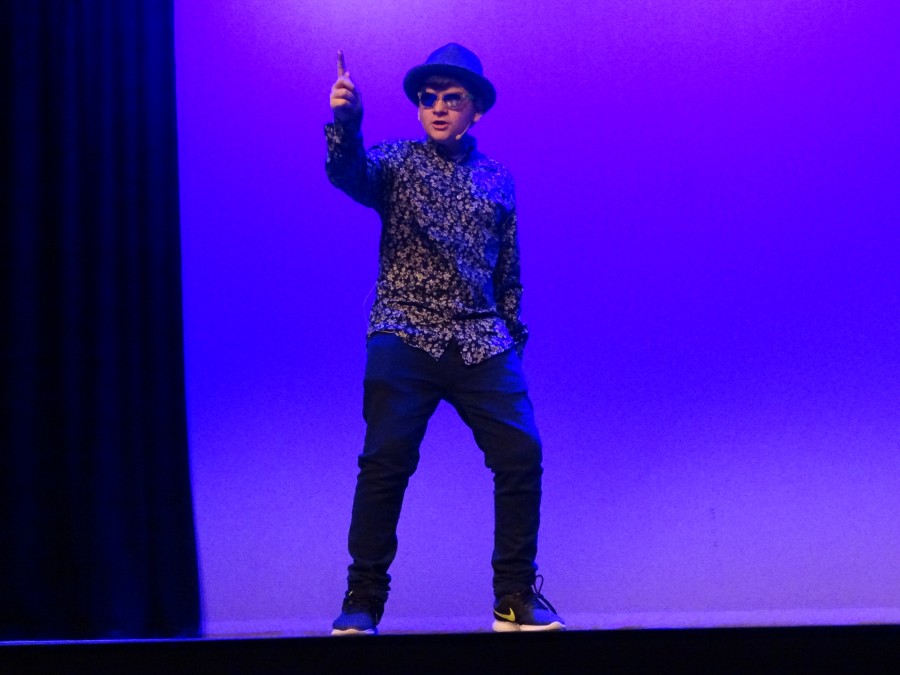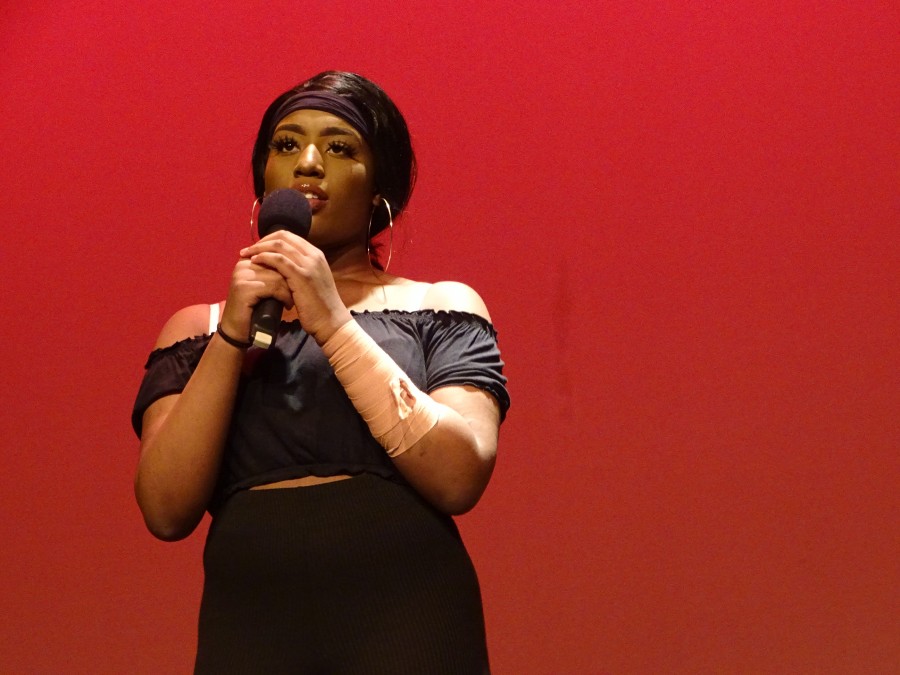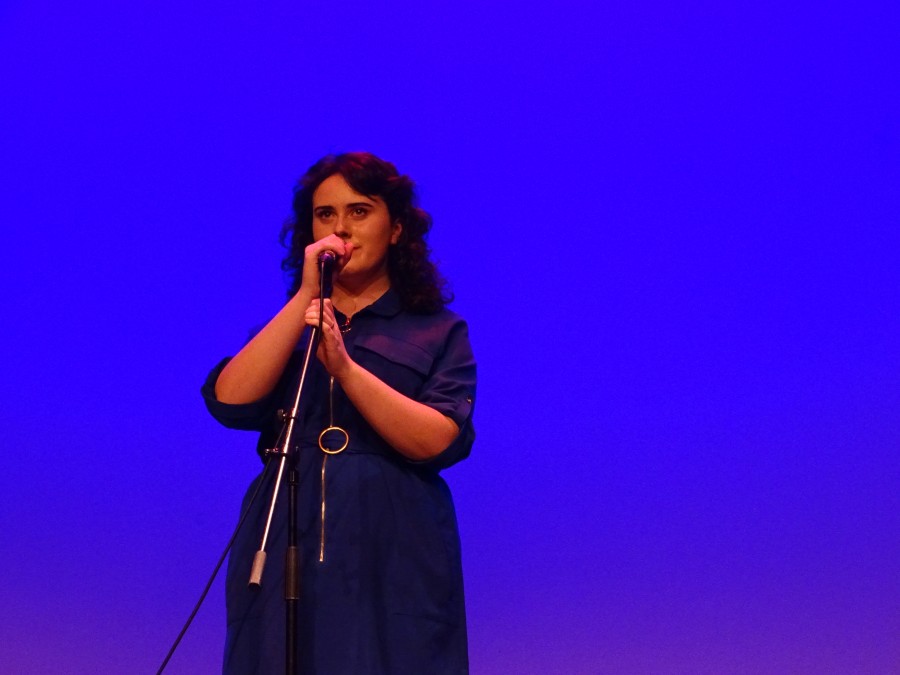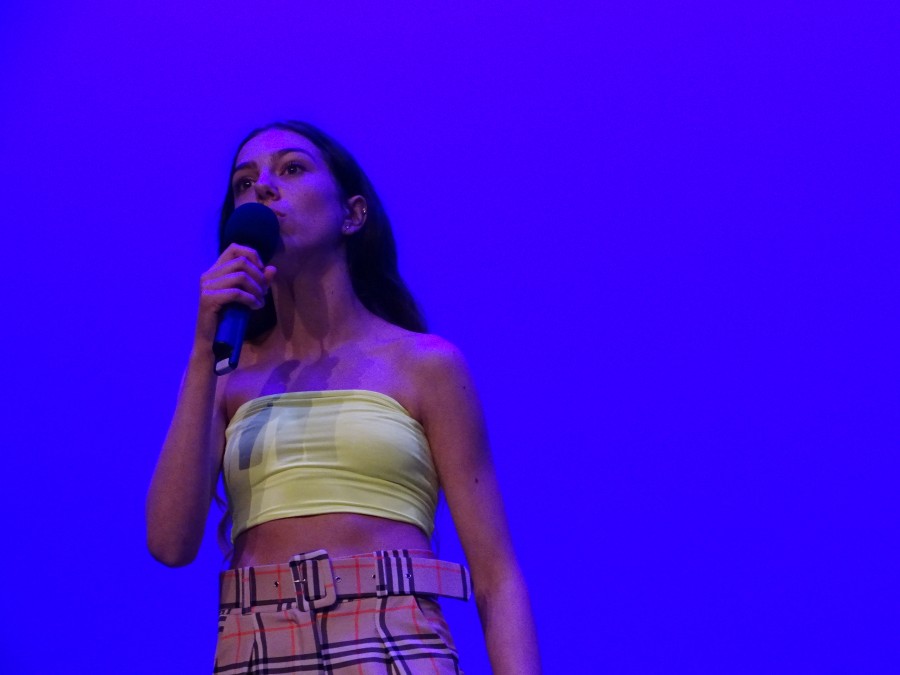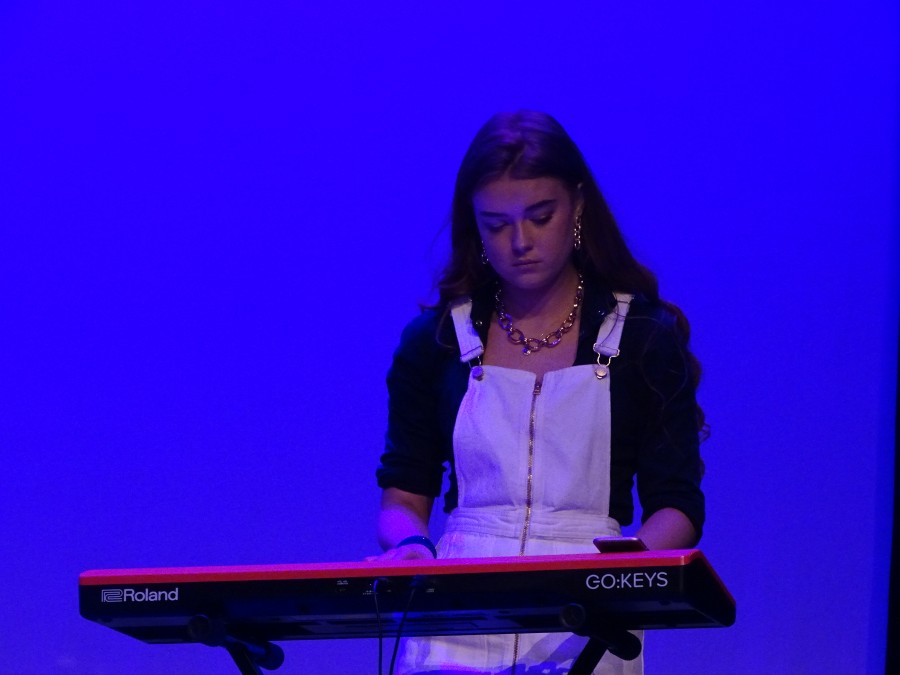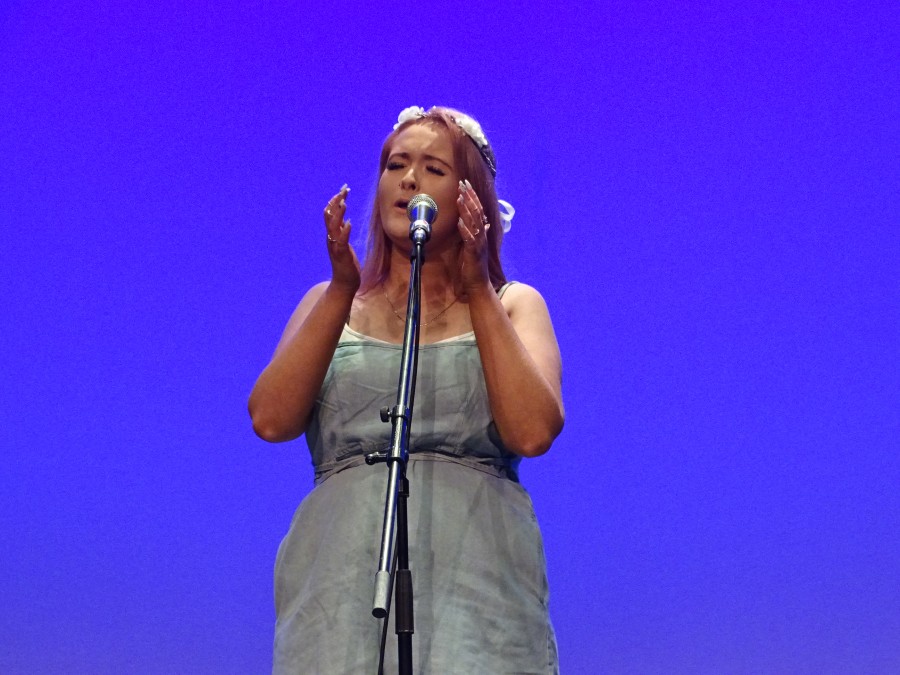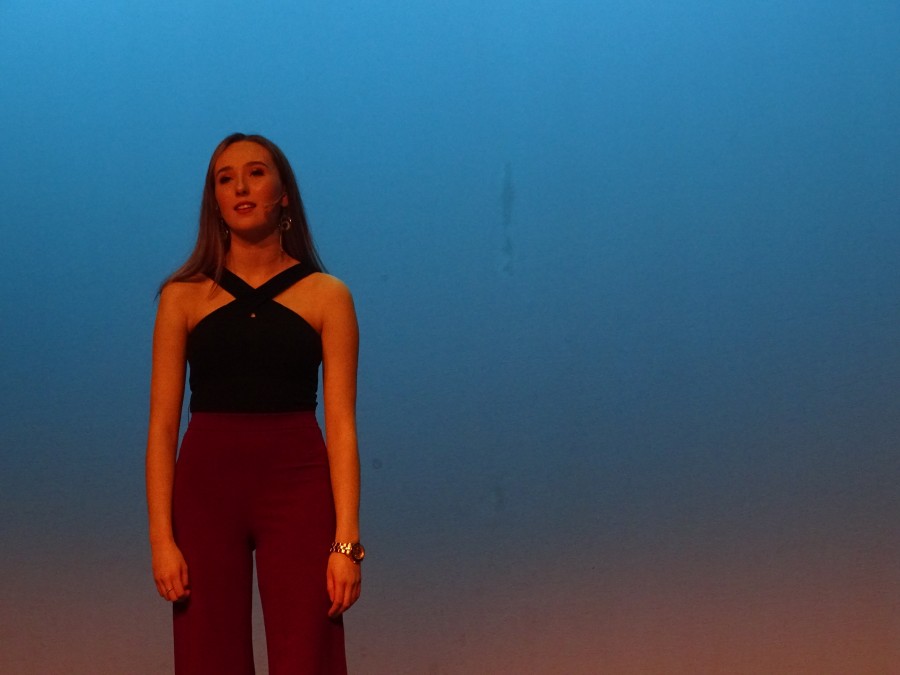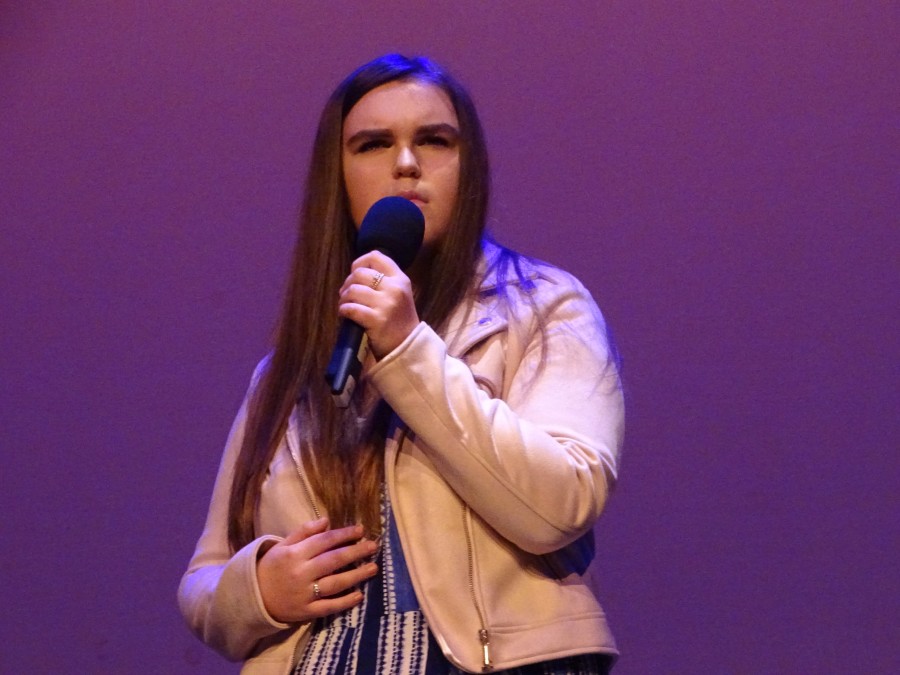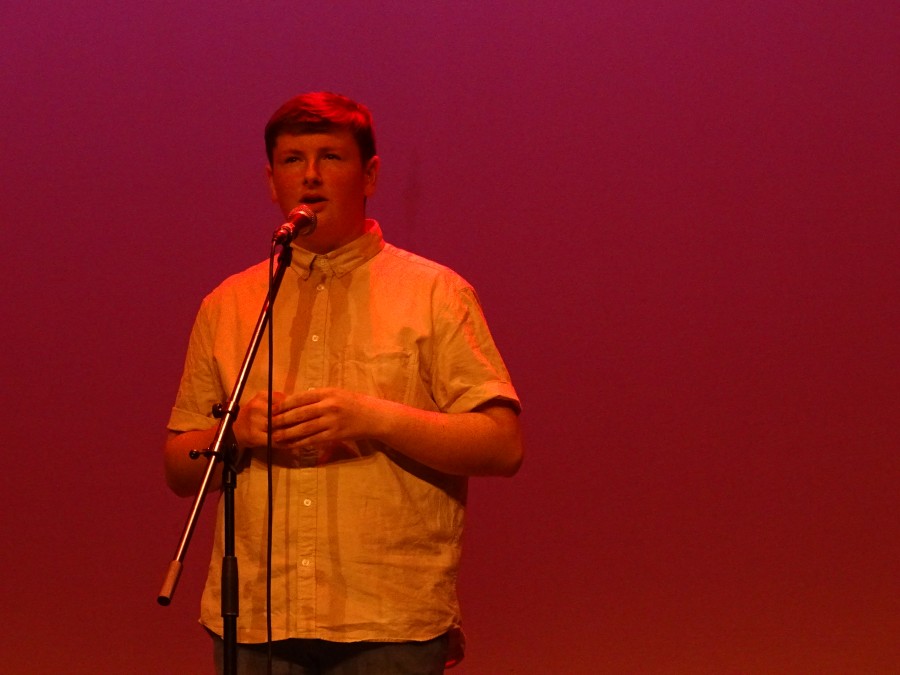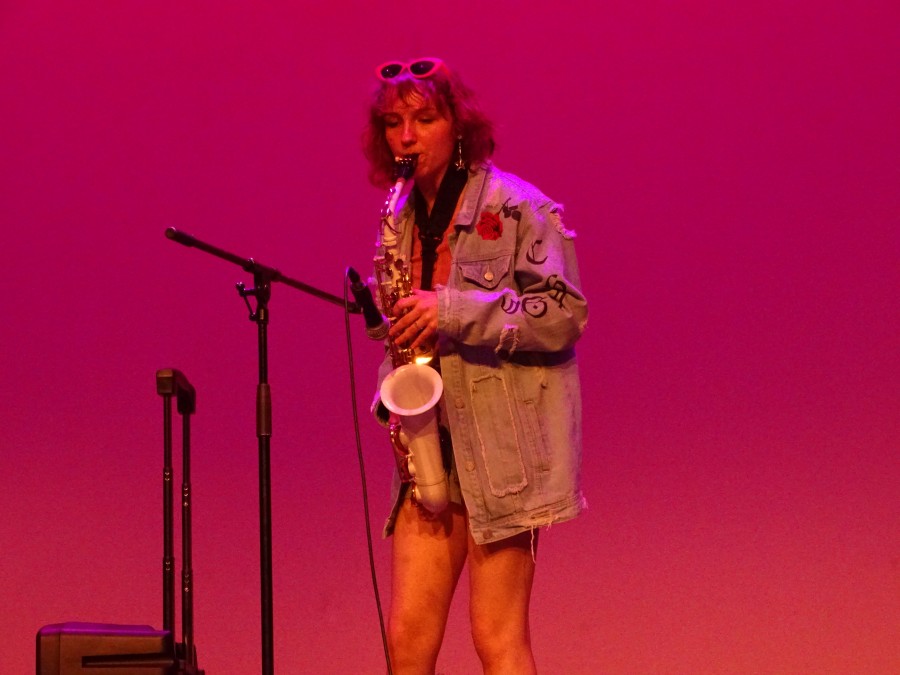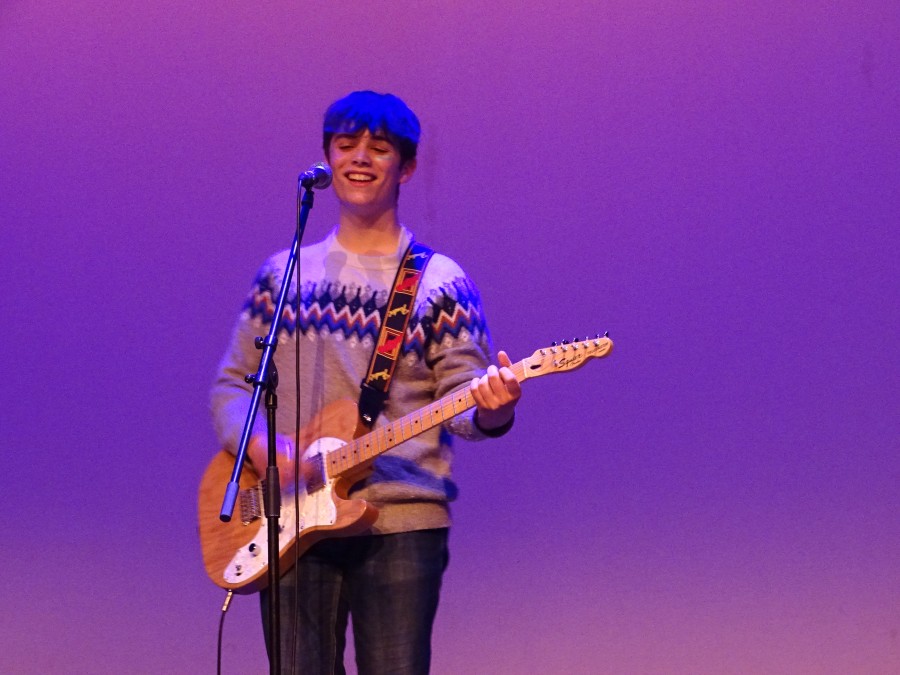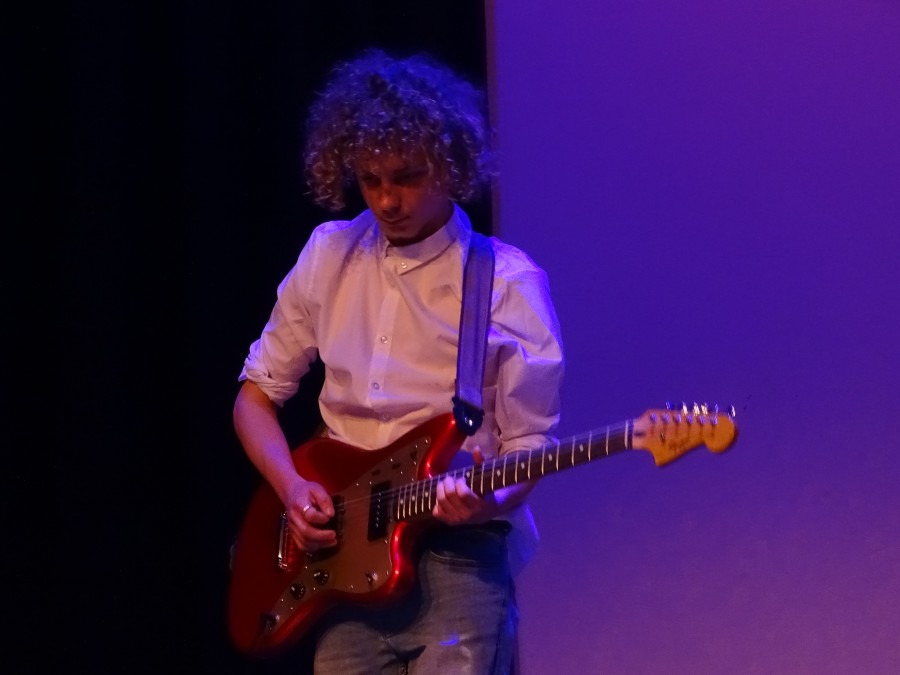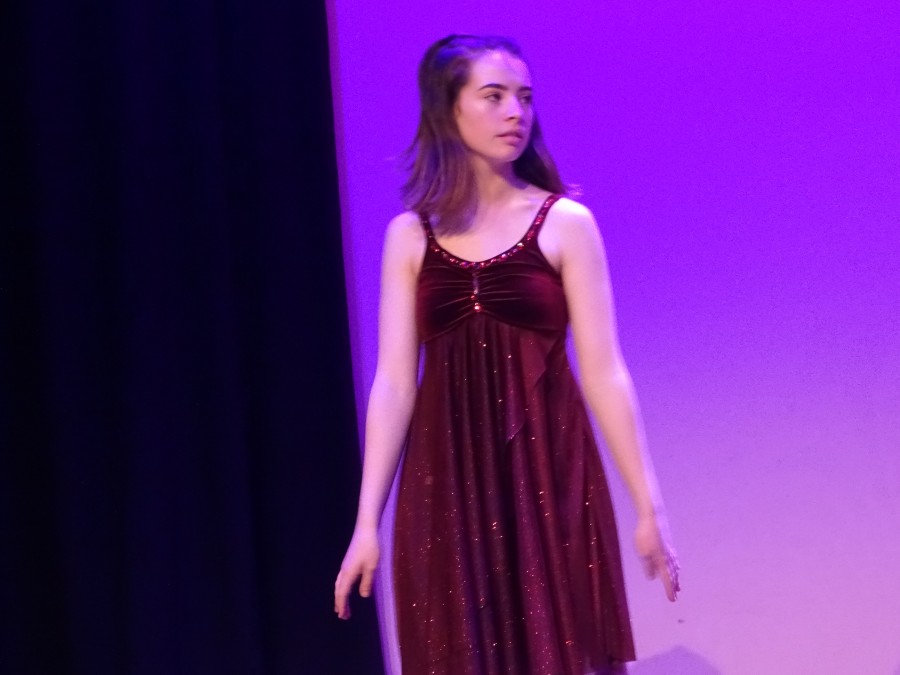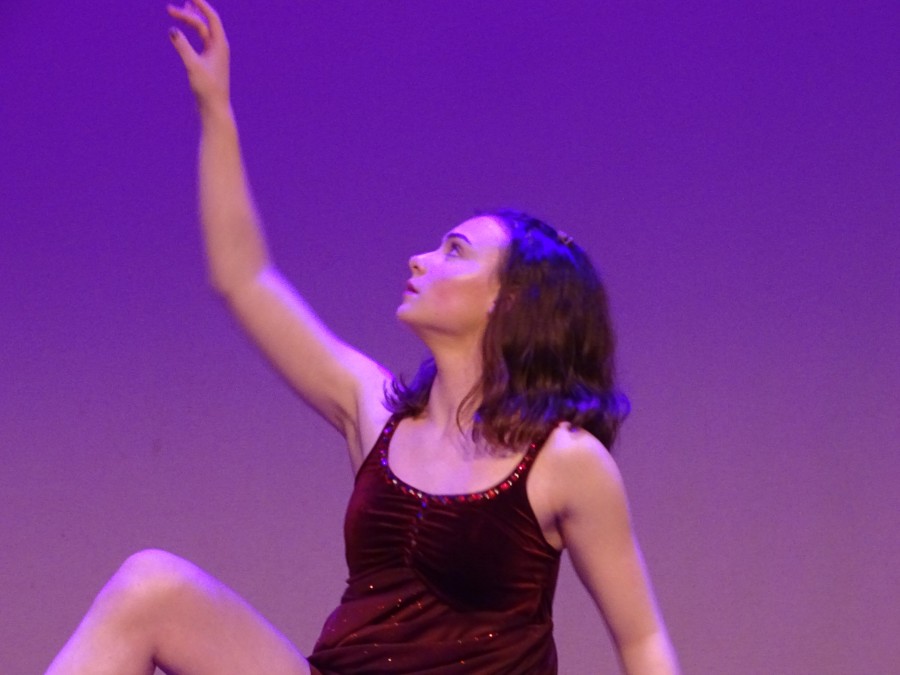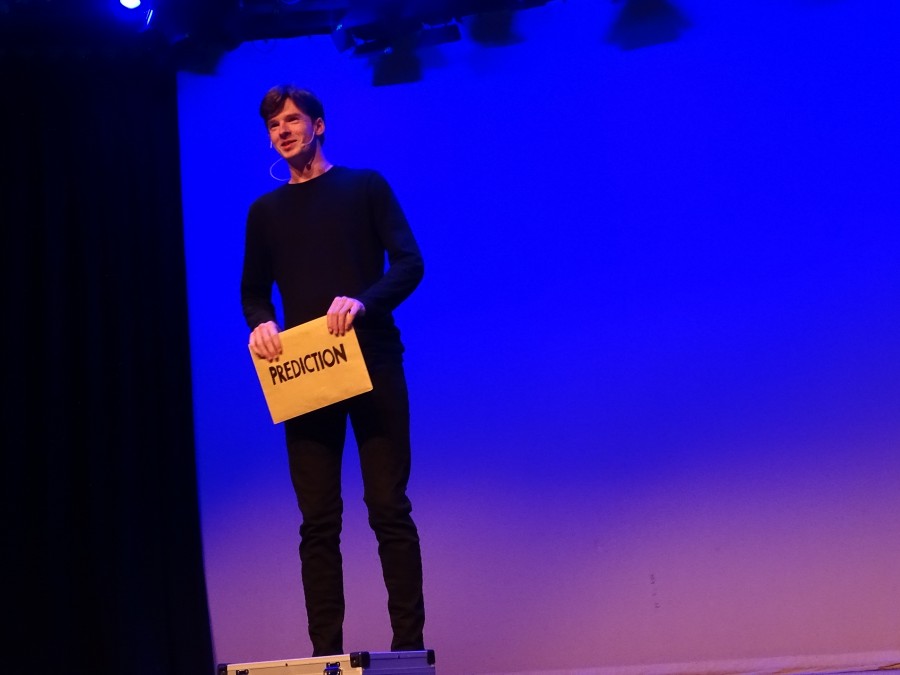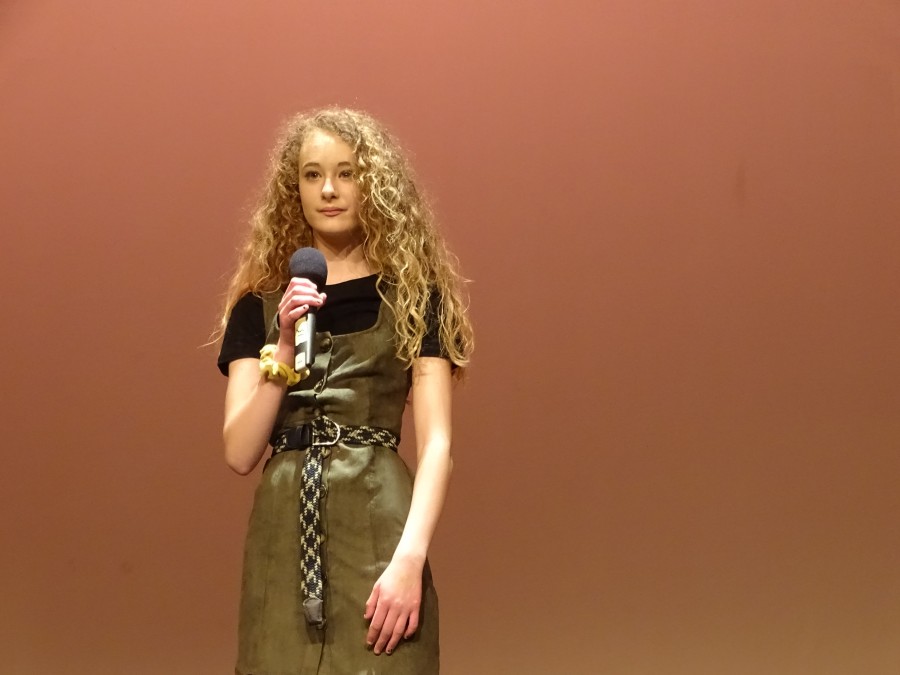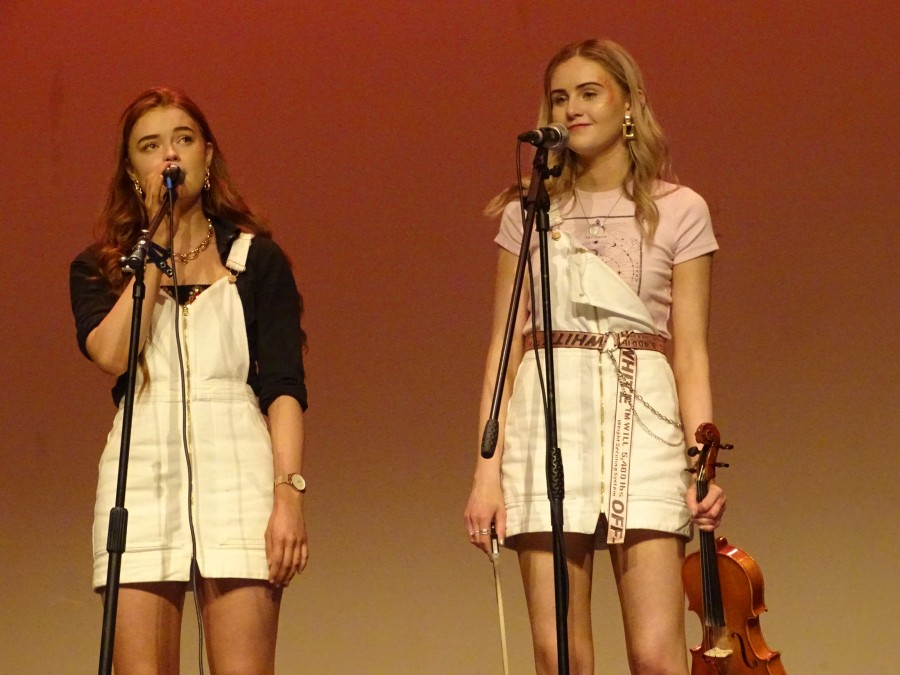Reaching the End, 23 May 2019
Kieran’s Our City, Our Town Article, 23 May 2019
Kieran’s Our City, Our Town Article,
Cork Independent, 23 May 2019
Prehistoric Cork Harbour
My new book The Little book of Cork Harbour has recently been published by The History Press (2019). Following on from last week, below is another snippet from the book– focussing on some aspects of the prehistoric human activity in the harbour.
The Mesolithic Harbour:
About ten thousand years ago, the first human settlers, hunter-gatherers of the Mesolithic or Late Stone Age era came to Cork Harbour. Just over 25 shell midden sites are marked on maps created by the archaeological inventory of Cork Harbour – some of these have not survived; some survive just in local folklore. Some have been excavated throughout the twentieth century. There have also been unrecorded sites eroded away by the tide or by cliff collapse. Shell midden sites consist of refuse mounds or spreads of discarded sea-shells and are normally found along the shoreline. Shellfish were exploited as a food source and sometimes as bait or to make dye. In Ireland shell middens survive from as early as the Late Mesolithic but many of the Cork Harbour oyster middens have also been dated to medieval times while some have produced post-medieval pottery dates.
Over a quarter of all identified middens in the Cork Harbour area are to be found at eight locations in Carrigtwohill parish. When surveyed by the archaeologist Reverend Professor Power in 1930 a midden on Brick lsland (in the estuary to the north of Great Island, joined to mainland by narrow neck of land) measured five or six feet thick at the terraced shore edge and extended along the foreshore for over one hundred and eighty yards and inland for seventy or eighty feet. It contained nearly pure oyster shells with occasional cockle, mussel, whelk and other marine shells. Thin layers of charcoal were visible in many places and stone pounders or shell openers visible in many places.
In 2001, archaeological monitoring of a 15-hectare greenfield site at Carrigrenan, Little Island, was carried out prior to the construction of a waste water treatment plant by Cork Corporation. Two shell spreads along the western seashore perimeter of the site were noted. A polished stone axe was recovered during topsoil monitoring and has been given a possible late Mesolithic date. All other finds were random pottery, eighteenth to twentieth century in date.
Smaller middens for example at Curraghbinny, Currabally and Rathcoursey reflect shorter periods of use. At the western end of Carrigtwohill in 1955, archaeologist M J O’Kelly prior to the construction of a new school excavated oyster shells, few animal bones and fragments of glazed pottery dating to late thirteenth century /early fourteenth century.
The Mystery of the Rostellan Dolmen:
Described as enigmatic by Cork archaeologists, the dolmen in Rostellan in eastern Cork Harbour is similar to portal tombs but here cannot be confidently identified as such. The monument has three upright stones and a capstone, which at one time fell down but was later re-positioned. The site gets flooded at high tides and is difficult to get to across the local mudflats. It is easier to get to it with a guide through the adjacent Rostellan wood. The wood was created as part of the former estate of Rostellan House. The house was built by William O’Brien (1694-1777) the 4th Earl of Inchiquin in 1721. The Dolmen could be a folly on the estate. There is a folly in the shape of a castle tower, named Siddons Tower, after the Welsh-born actress Sarah Siddons, nearby.
The Giant’s Circle:
The name Curraghbinny in Irish is “Corra Binne”, which is reputedly named after the legendary giant called Binne. Legends tells that his cairn (called a “Corra” in Irish) is located in a burial chamber atop the now wooded hill. The cairn is not marked in the first edition Ordnance Survey map, but its existence was noted during the original survey in the Name Books compiled at that time. John Windle, the well-known Cork writer and antiquarian of the early nineteenth century, mentions the site in his publications. There is no record though in his printed works or in his manuscripts preserved in the Royal Irish Academy Library of any digging having taken place at the cairn.
In 1932 archaeologist Seán P Ó Riordáin and his team excavated the 70 feet in diameter cairn (with its greatest height being 7 ½ feet). On one flat stone forming part of the inner arc they found a group of about one hundred pebbles, water-rolled, and such as would come from a brook, while a second group of about sixty pebbles was found just north of the western end of the arc. At the centre of the mound they came upon a peculiar structure of stones and clay. The clay was raised to a height of about 4 inches above the surrounding surface, and the stones were embedded in it.
The most interesting discovery was made on the south side of the cairn. In a space between two stones of the kerb and a third lying just inside the team found, mixed with a thick layer of charcoal, some burnt bone fragments. Examination proved these to be human. The charcoal deposit with which the bones were found mixed did not extend under the neighbouring large stones. This showed that the fire was lit after the boulders had been placed in position. The cremated human bone found nearby was carbon dated roughly to be 4,000 years old. A small bronze ring, about five-eighths of an inch in diameter, was found outside the kerb on the south-east side.
The Little Book of Cork Harbour (2019) by Kieran McCarthy is published by The History Press and is available in Waterstones, Vibes and Scribes and Easons.
Next Walking Tour:
Saturday 9 June, Stories from Cork Docklands, historical walking tour with Kieran; meet at Kennedy Park, Victoria Road 2pm, free, duration, two hours, part of the Cork Harbour Festival and Sea Fest, finishes nearby.
Captions:
998a. Rostellan Dolmen, c.1900 (source: Cork City Museum)
998b. Rostellan Dolman, present day (picture: Kieran McCarthy)
998c. Curraghbinny Cairn, present day (picture: Kieran McCarthy)
Pictures, McCarthy’s Make a Model Boat Project, 16 May 2019
Kieran’s Our City, Our Town, 16 May 2019
Kieran’s Our City, Our Town Article,
Cork Independent, 16 May 2019
The Little Book of Cork Harbour
My new book The Little book of Cork Harbour has recently been published by The History Press (2019). Cork Harbour is a beautiful region of southern Ireland. It possesses a rich complexity of natural and cultural heritage. This is a little book about the myriad of stories within the second largest natural harbour in the world. It follows on from a series of my publications on the River Lee Valley, Cork City and complements the Little Book of Cork (History Press, Ireland, 2015). It is not meant to be a full history of the harbour region but does attempt to bring some of the multitudes of historical threads under one publication. However, each thread is connected to other narratives and each thread is recorded to perhaps bring about future research on a site, person or the heritage of the wider harbour.
The book is based on many hours of fieldwork and also draws on the emerging digitised archive of newspapers from the Irish Newspaper Archive and from the digitalised Archaeological Survey of Ireland’s National Monument’s Service. Both the latter digitised sources more than ever have made reams and reams of unrecorded local history data accessible to the general public.
In Cork Harbour colourful villages provide different textures and cultural landscapes in a sort of cul-de-sac environment, with roads ending at harbours and car parks near coastal cliff faces and quaysides. The villages are scattered around the edges of the harbour, each with their own unique history, all connecting in some way to the greatness of this harbour. Walking along several junctures of fields, one can get the feeling you are at the ‘edge of memory’. There are the ruins of old structures that the tide erodes away. One gets the sense that a memory is about to get swept away by the sea, or that by walking in the footsteps trodden by writers, artists and photographers 100 years ago, one could get carried away by their curiosity.
On any good weather day, there are parts of the region where one can almost drive across its sun kissed mudflats. From the Cork-Midleton dual carriage way you get to appreciate farmer’s attempts of reclamation through the ages and the broad mudflats which serve as a home for international bird habitats. There are sections of the harbour to be viewed from the road, which seem almost forgotten. I am a big fan of the Smith Barry tower house folly, which belonged to Fota House estate and which exists on the edge of the Fota golf course.
For centuries, people have lived, worked, travelled and buried their dead around Cork’s coastal landscapes. The sea has been used a source of food, raw materials, as a means of travel and communications and as a place to build communities. Despite this, the harbour has very distinct localities and communities. Some are connected to each through recreational amenities such as rowing or boating and some exist in their own footprint with a strong sense of pride. Some areas such as Cobh and the military fortifications have been written about frequently by scholars and local historians whilst some prominent sites have no words of history or just a few sentences accorded to their development.
In the new book the section, Archaeology, Antiquities and Ancient Towers explores the myriad of archaeological finds and structures, which survive from the Stone Age to post medieval times. Five thousand years ago, people made their home on the edge of cliffs and beaches surrounding the harbour. In medieval times, they strategically built castles on the ridges overlooking the harbour.
The section, Forts and Fortifications, explores the development of an impressive set of late eighteenth-century forts and nineteenth century coastal defences. All were constructed to protect the interests of merchants and the British Navy in this large and sheltered harbour.
The section, Journeys Through Coastal Villages, takes the reader on an excursion across the harbour through some of the region’s colourful towns. All occupy important positions and embody histories such as native industries, old dockyards, boat construction, market spaces, whiskey making and food granary hubs. Each add their own unique identity in making the DNA of the harbour region.
The sections, Houses, Gentry and Estates and People, Place and Curiosities, respectively are at the heart of the book and highlight some of the myriad of people and personalities who have added to the cultural landscape of the harbour.
The section, Connecting a Harbour, describes the ways the harbour was connected up through the ages, whether that be through roads, bridges, steamships, ferries, or winch driven barges.
The eighth section, Tales of Shipping, attempts to showcase just a cross-section of centuries of shipping, which frequented the harbour; some were mundane acts of mooring and loading up goods and emigrants but some were eventful with stories ranging from convict ships and mutiny to shipwrecks and races against time and the tide.
The section entitled Industrial Harbour details from old brickworks, ship buildings to the Whitegate Oil refinery. Every corner of the harbour has been affected by nineteenth century and twentieth century industries.
The last section Recreation and Tourism notes that despite the industrialisation, there are many corners of the harbour where GAA and rowing can be viewed as well as older cultural nuggets such as old ballrooms and fair grounds. This for me is the appropriate section to end upon. Cork Harbour is a playground of ideas about how we approach our cultural heritage, how were remember and forget it, but most of all how much heritage there is to recover and celebrate.
The Little Book of Cork Harbour (2019) by Kieran McCarthy is published by The History Press and is available in Waterstones, Vibes and Scribes and Easons.
Upcoming Walking Tour:
Saturday 19 May 2019, Douglas and its History, meet in the carpark of Douglas Community Centre, 11am (free, duration: two hours, circuit of village, finishes nearby).
Captions:
997a. Front cover of The Little Book of Cork Harbour (The History Press, 2019) by Kieran McCarthy.
997b. Blackrock Castle, 1843 from Illustrated London News (source Cork City Library).
997c. Throwing the Dart ceremony with Mayor and officials, at the mouth of Cork Harbour, 1855 from Illustrated London News (source Cork City Library).
Cllr McCarthy Goes Poster Free
Independent Councillor and local election candidate Kieran McCarthy has gone poster free on poles across the south east local electoral area. Commenting “the public backlash against the use of posters in the electoral area of Cork City is vast- especially after the recent blitzing of large posters in the area. I have been particularly inspired by the work of Douglas Tidy Towns who have advocated the non-posting of posters in Douglas Village. I also have a very keen and active interest and participation in promoting the environment and heritage in the city. It is wrong on so many levels to plaster pole after pole with posters, especially with the same image”.
“To those asking about if I am still running because they don’t see my poster – I am very much in the race in this local election in the south east local electoral area of Cork City – I have been canvassing for several weeks at this moment in time. I won’t get to each of the over 15,000 houses in the electoral area. but certainly, I am daily trying to break down the various districts. My manifesto is online at www.kieranmccarthy.ie which champions such aspects such as public parks, the European Green Capital programme, city centre and village regeneration, and the curation of personal community projects such as my talent competition, make a model boat project, and my historical walking tours”.
Kieran continues his suburban historical walking tour series next Saturday 18 May, 11am from Douglas Community Centre with a focus on the history of Douglas and its environs. Kieran notes: “The story of Douglas and its environs is in essence a story of experimentation, of industry and of people and social improvement; the story of one of Ireland largest sailcloth factories is a worthwhile topic to explore in terms of its aspiration in its day in the eighteenth century; that coupled with the creation of 40 or so seats or mansions and demesnes made it a place where the city’s merchants made their home it and also an interesting place to study in terms of ambition shown in the landscapes that were created and which still linger in the surrounding landscapes of Douglas.” More on Kieran’s walking tour schedule can be viewed on www.kieranmccarthy.ie.
Kieran’s Our City, Our Town, 5 May 2019
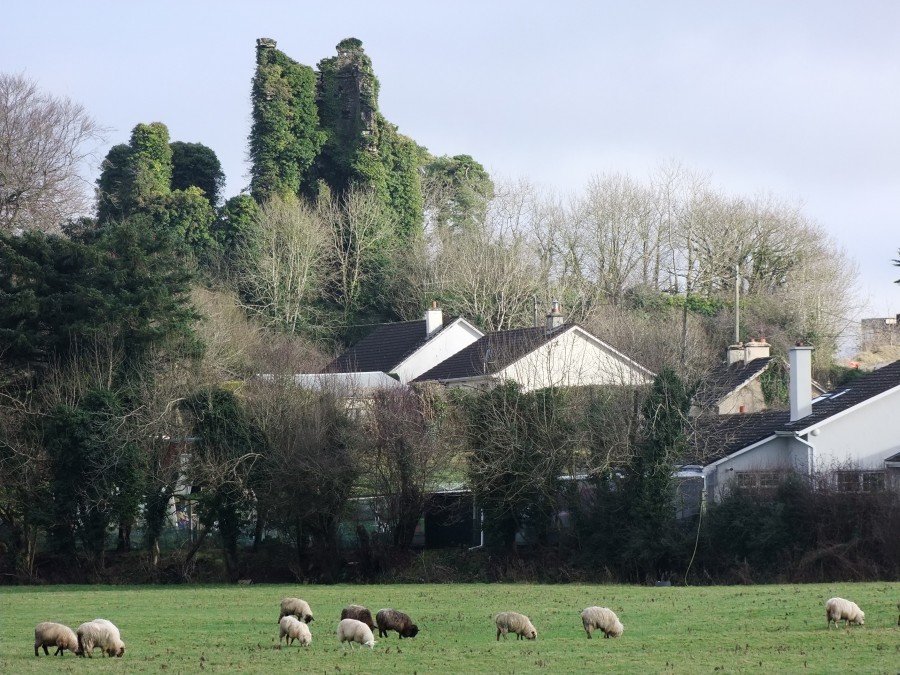
Kieran’s Our City, Our Town Article,
Cork Independent, 9 May 2019
Tales from 1919: Ms Sheehy Skeffington’s Plea
On the 1 May 1919 a Sinn Féin aerideacht or cultural gathering/ rally was fixed for Coachford. It was proclaimed as an illegal activity by the military authorities. The fixture was advertised by distributing small posters and in the press – the speakers announced being Mrs Hannah Sheehy Skeffington, Mr Terence McSwiney, MP, and Mr Liam de Róiste. The Brian Boru Pipers’ Band was also billed. It attracted a good deal of attention, for the village of Coachford, which was the centre of a populous and important area in Mid-Cork. It was on Saturday evening that the proclamation was served, and in a short space of time the organisers had to make other arrangements.
The organisers decided to hold the aerideacht at Crookstown and at Clonmoyle, which is about five miles to the north of Coachford – Crookstown being about seven miles to the south. This change was conveyed to the public by word of mouth through the surrounding districts. Both were well attended. There were contingents on traps, cars, wagonettes and bicycles arriving from districts from Macroom, Ballyvourney, Canovee, Ovens, Srelane, Farran and Coachford. The Canovee Fife and Drum Band marched to the venues and added to the enjoyment of the general programme at the aerideacht of songs, dancing and recitations.
Meanwhile the military and police made arrangements to deal with any attempt to ignore the proclamation. According to the Cork Examiner of the day, companies of soldiers fully armed and wearing trench helmets cycled to Coachford. For a good distance on the road they were almost in company with the wagonette conveying the Brian Boru Piper’s Band. However, Mrs Sheehy Skeffington and Mr McSwiney, accompanied by the Ms Muriel McSwiney, motored to Crookstown via a circuitous route arriving there about 3 o’clock. No attempt was made to hold a fixture in Coachford, where the military and police remained on duty during the day.
During an interval in the proceedings at Crookstown Terence McSwiney, who first addressed the meeting in Irish, was received with cheers. With reference to Mrs Sheehy Skeffington, he detailed that she had made a big effort to be in Cork, and he extended to her on behalf of the crowd a hearty welcome noting –“she deserves that from them not only on account of her own great work for Ireland, but out of respect to her brave husband who gave his best services to Ireland while he lived, and who died in the vigour of life for Ireland’s sake”.
Mrs Sheehy Skeffington, who was most cordially received, declared her pride in being able to call herself a Cork County woman, as she was born in Kanturk. On evading the military authorities, she noted; “we concentrated ourselves that if our meeting was proclaimed that we did not go home…the result is that you have two meetings, one in the north and the other in the south. That is the spirit I would recommend to all districts where meetings are proclaimed. If one is proclaimed, hold two; if two are proclaimed, hold four, then getting the military on the run keep them on the run”.
Mrs Sheehy Skeffington congratulated the people of the districts on their wonderful organisation of the meeting and to see much of the population present. It was a long time she noted since she spoke, at a meeting unadorned by the presence of the Royal Irish Constabulary (RIC). She commented that the movement in Cork is healthy and she hoped that it would continue; “Ireland at present and probably for some time to come will be living through very critical periods, and you will need every bit of the strength of our organisation. You must be on the alert and keep steadily in mind your objective”.
Mrs Sheehy Skeffington charged that Ireland was kept in subjection to the British Empire mainly by a garrison of 12,000 Irishmen namely the RIC. She referred to the visit of the American delegates and the military display at the Mansion House after the sessions of Dáil Éireann. She noted that the people had to realise that “they were up against forces, which made their lot unsafe…Ireland had declared her self-determination by returning 73 members to Dáil Éireann for an Irish Republic”. She deemed that Ireland was suppressed by Great Britain more strongly than ever. She shared her experience of British militarism through recalling the raiding of her house in Dublin after the murder of her husband in Portobella Barracks.
To her Sinn Féin had shown that even prisons could not keep Irish men or women locked up when they made up their minds. They had also shown that Ireland was an international question and England would learn that firm governance in Ireland is a policy that will not pay in the long run; she commented that “England no longer had the ear of the world exclusively. The voice of Ireland is today heard everywhere – in Paris, America, Russia and elsewhere”.
Ms Hannah Sheehy Skeffington, Mr Terence McSwiney and party then motored by a long route to Clonmoyle to address a meeting there.
May Walking Tours with Kieran:
Sunday 12 May 2019, Stories from Blackrock and Mahon, meet at entrance to Blackrock Castle, 2.30pm, (free, 2 hours, finishes near railway line walk, Blackrock Road).
Saturday 19 May 2019, Douglas and its History, meet in the carpark of Douglas Community Centre, 11am (free, duration: two hours, circuit of village, finishes nearby).
Captions:
996a. Castlemore, Crookstown, present day (picture: Kieran McCarthy)
996b. Hannah Sheehy Skeffington, 1916 (picture: Cork City Library)
Kieran’s Our City, Our Town, 9 May 2019
Kieran’s Our City, Our Town Article,
Cork Independent, 9 May 2019
Tales from 1919: Ms Sheehy Skeffington’s Plea
